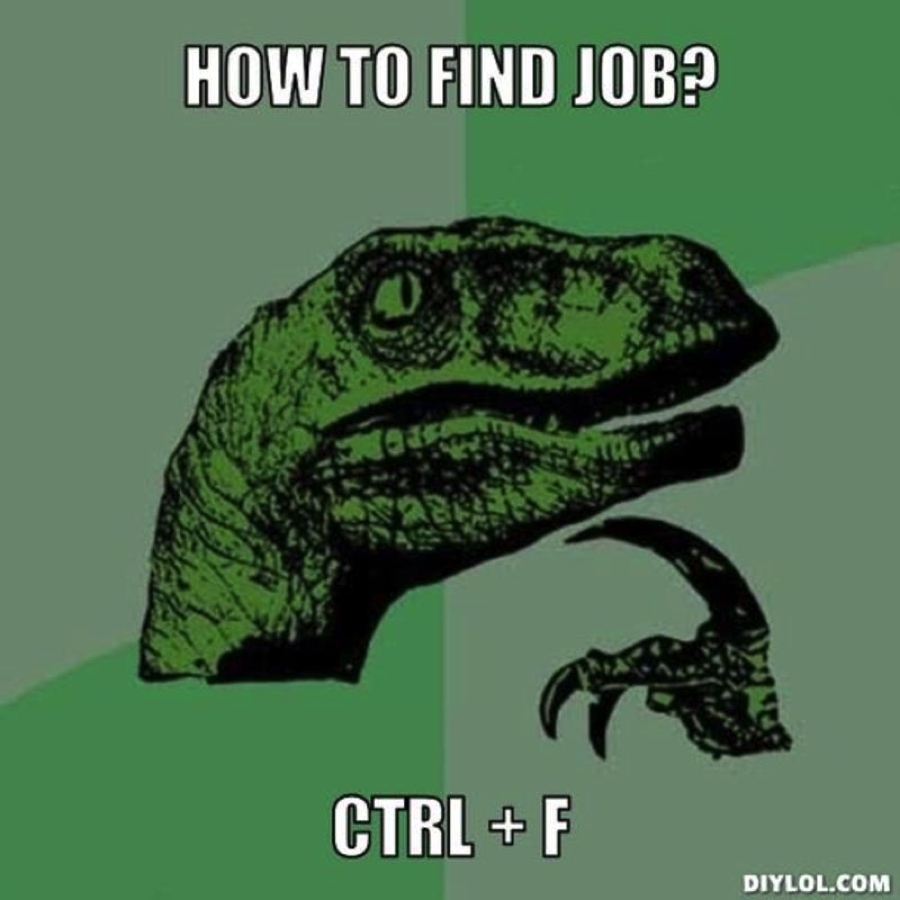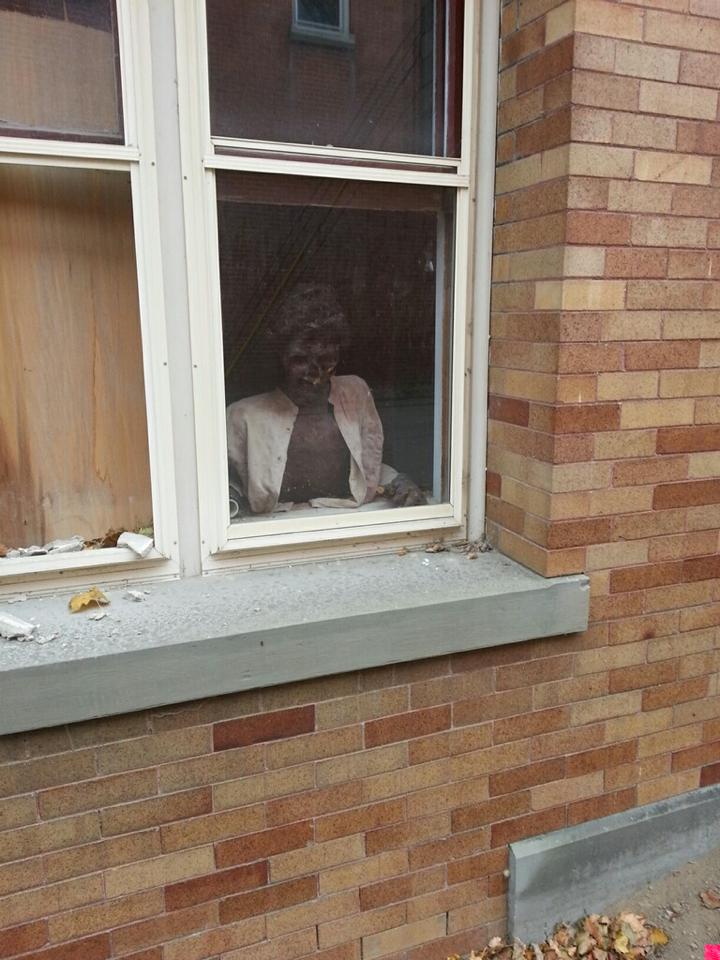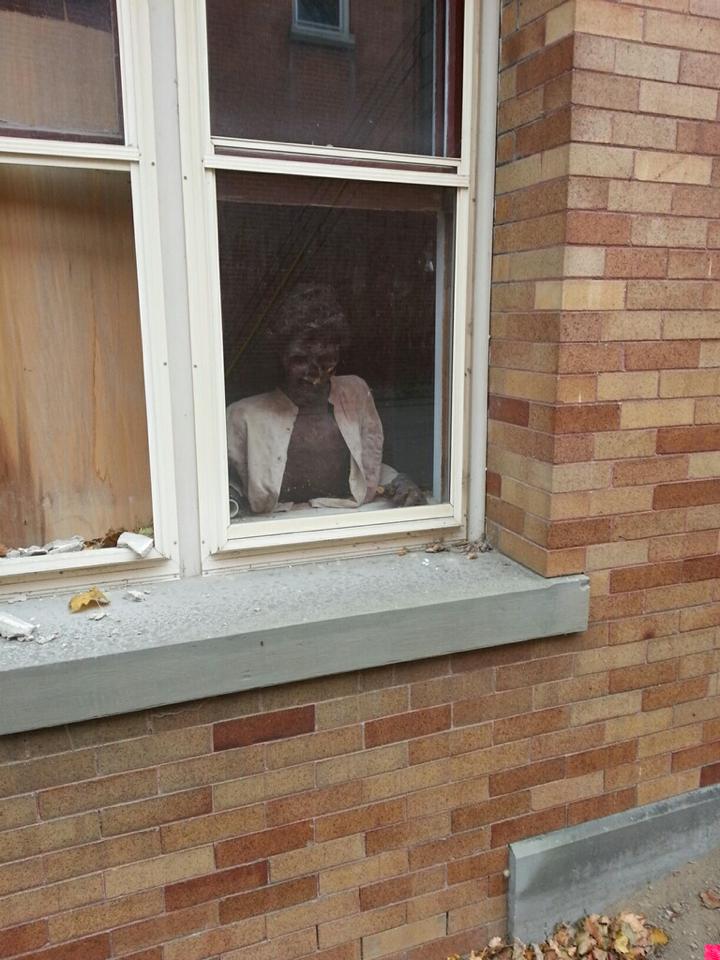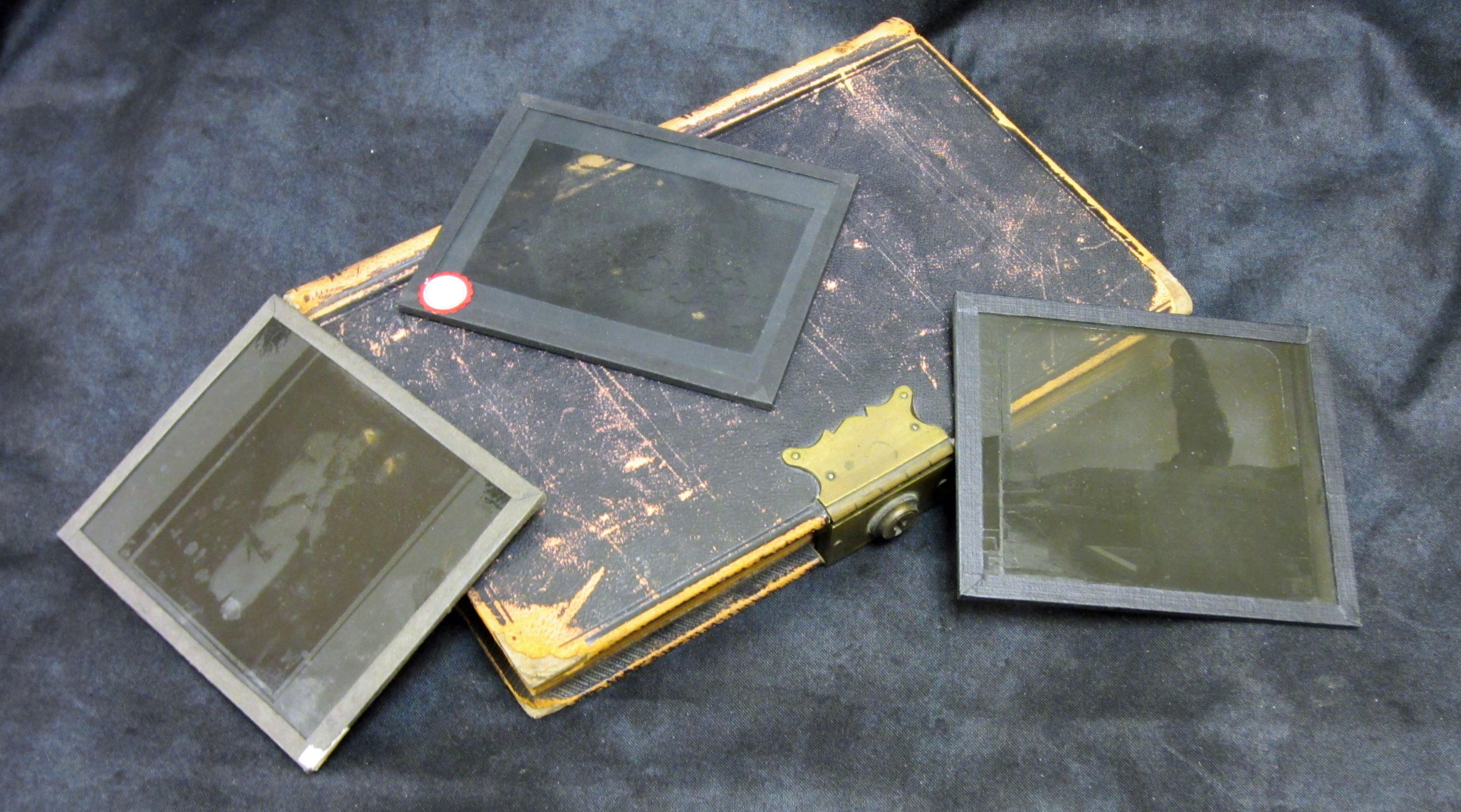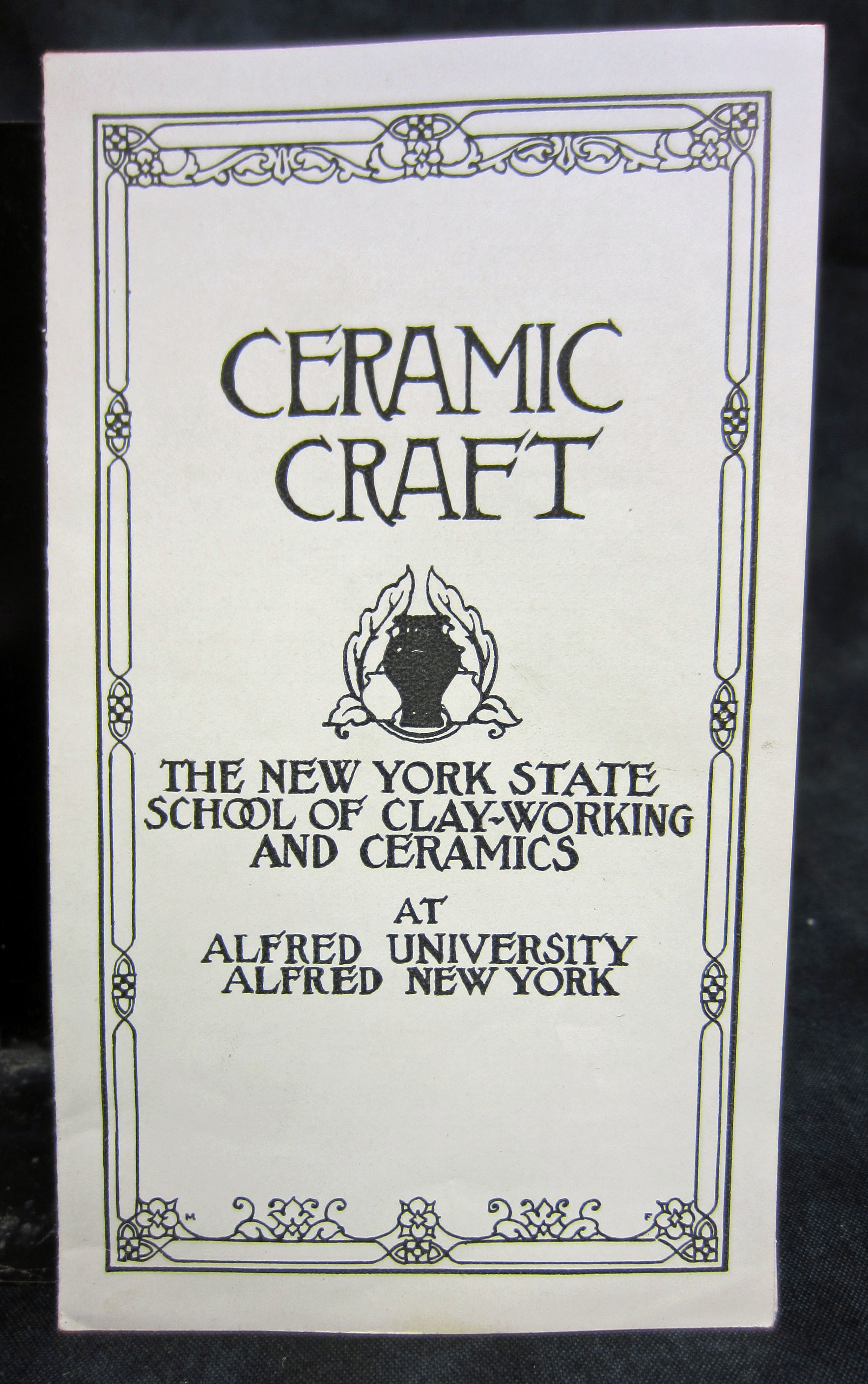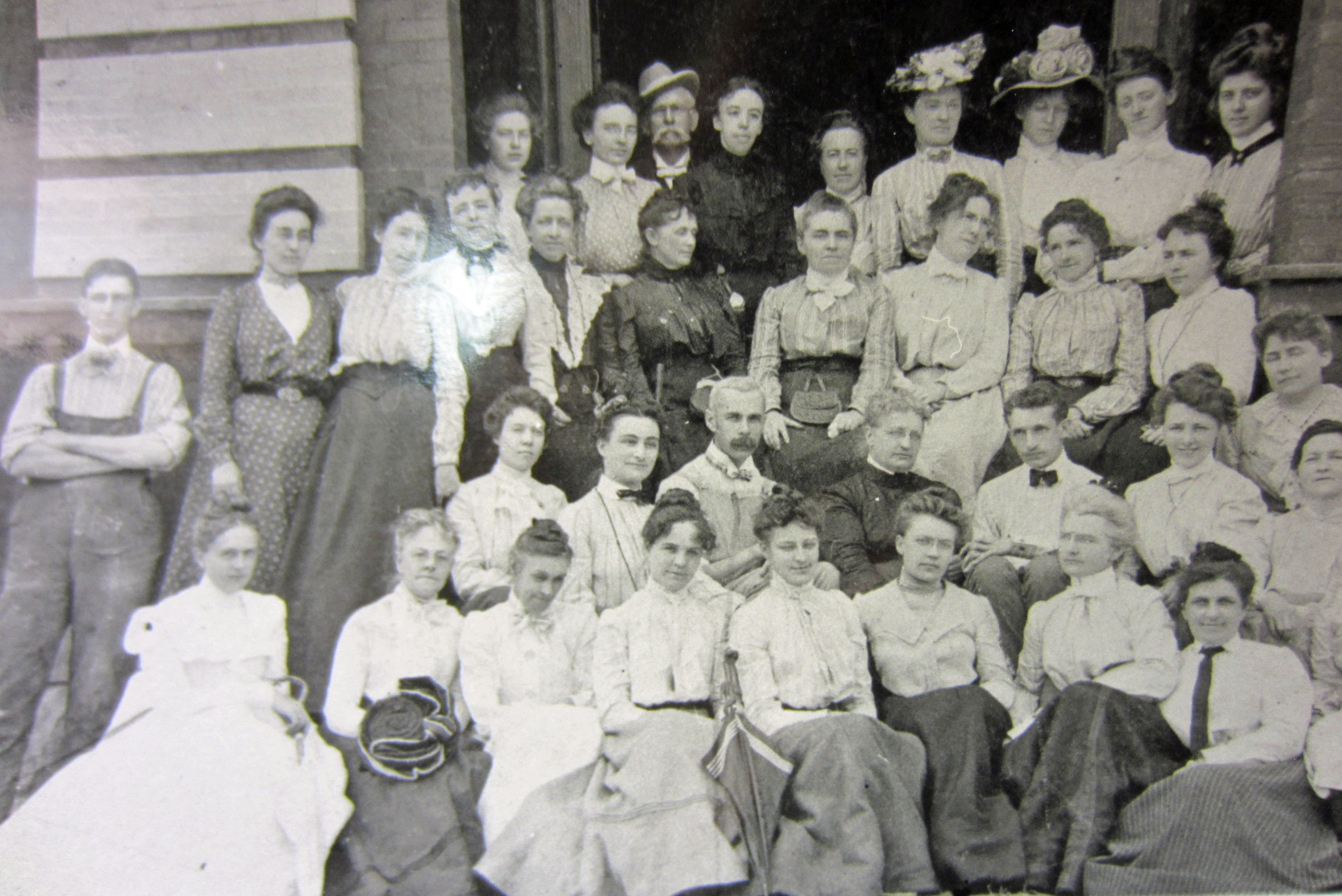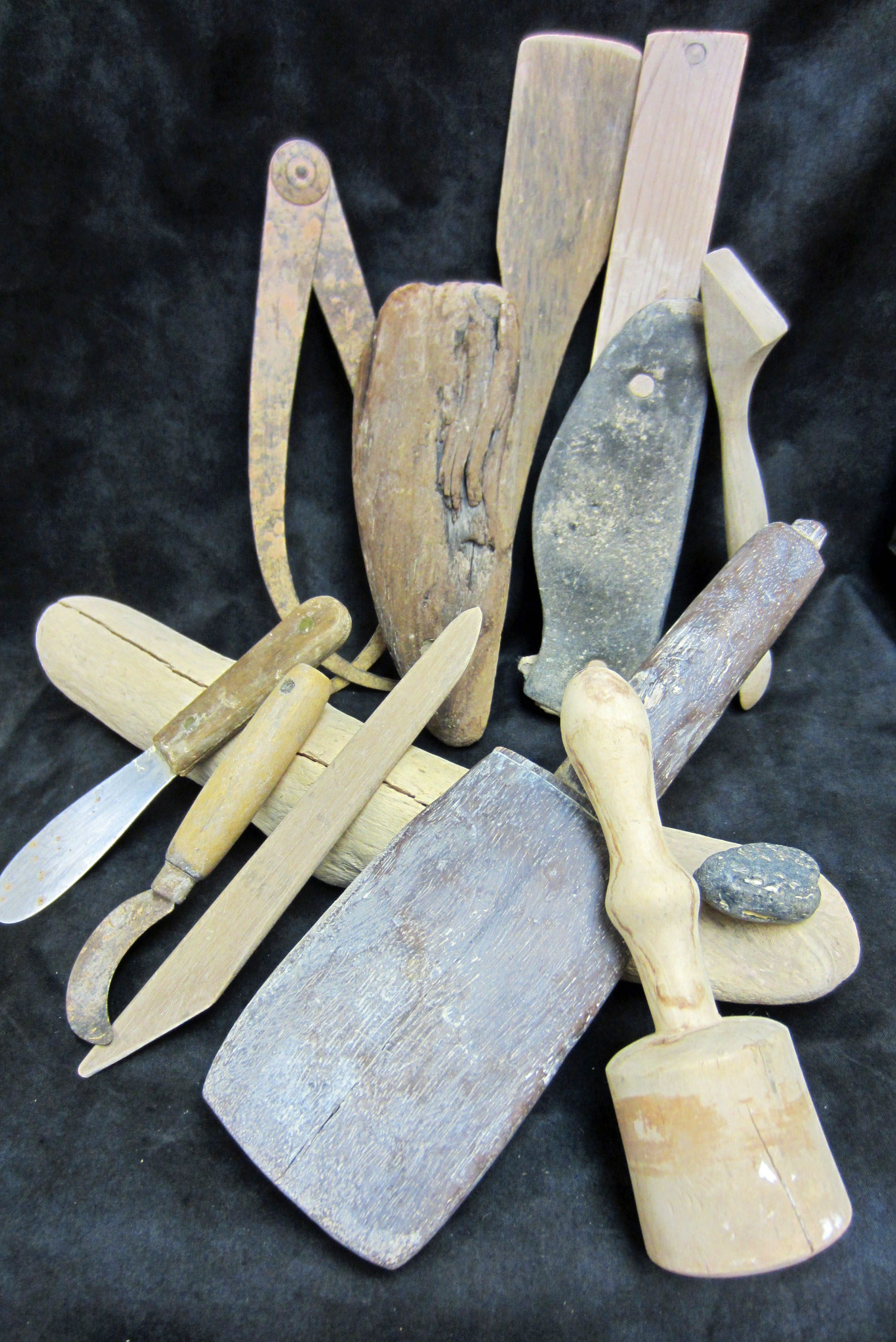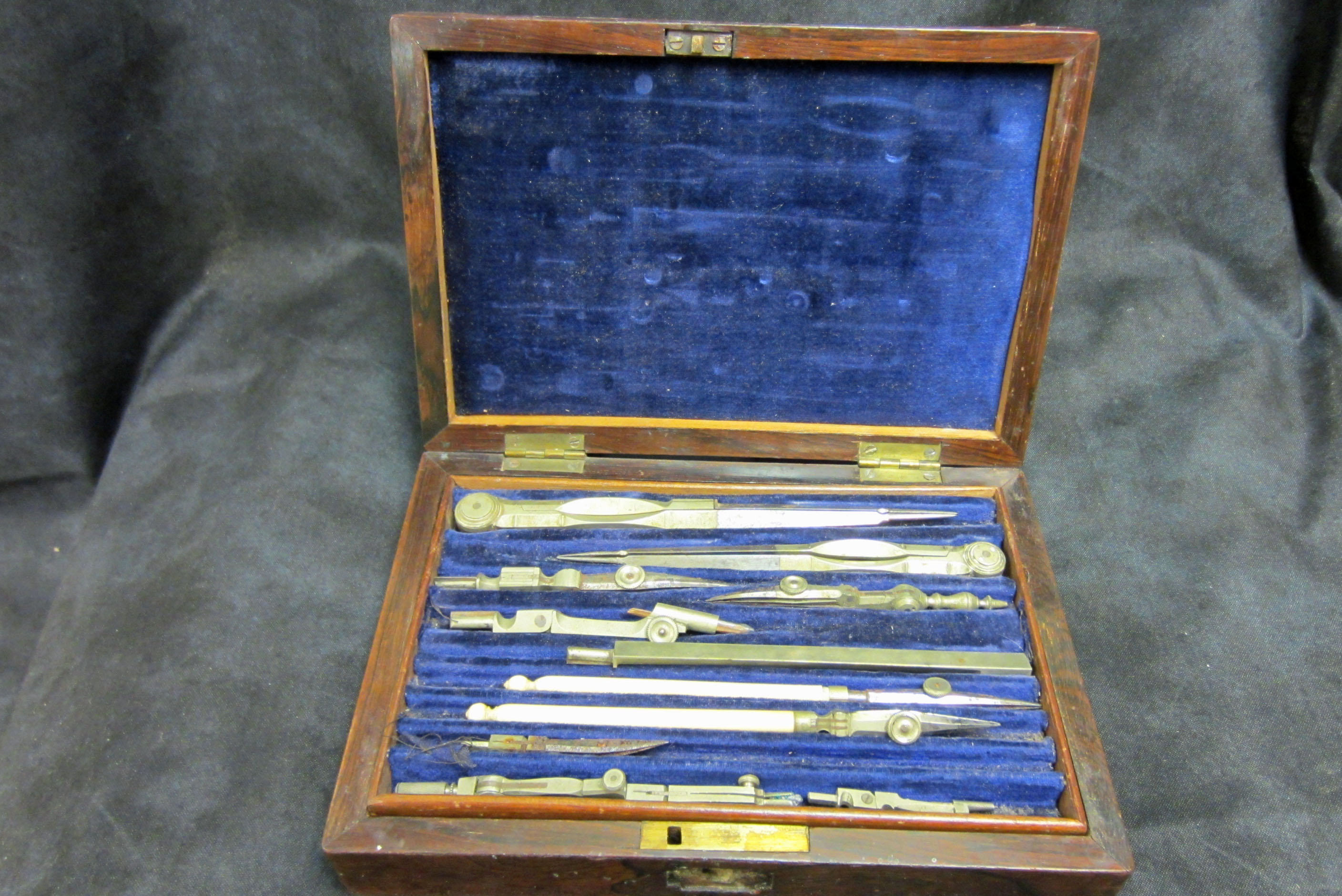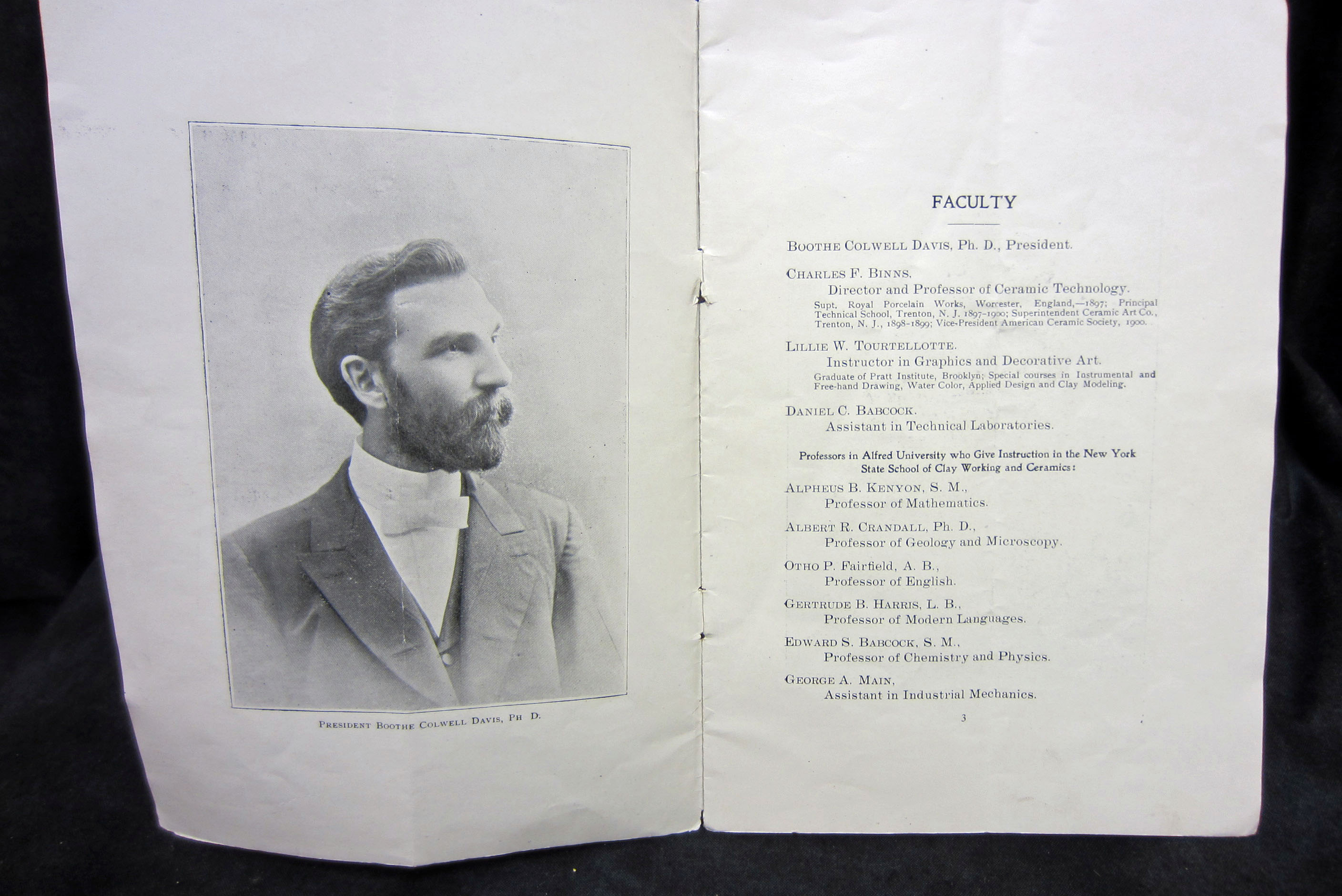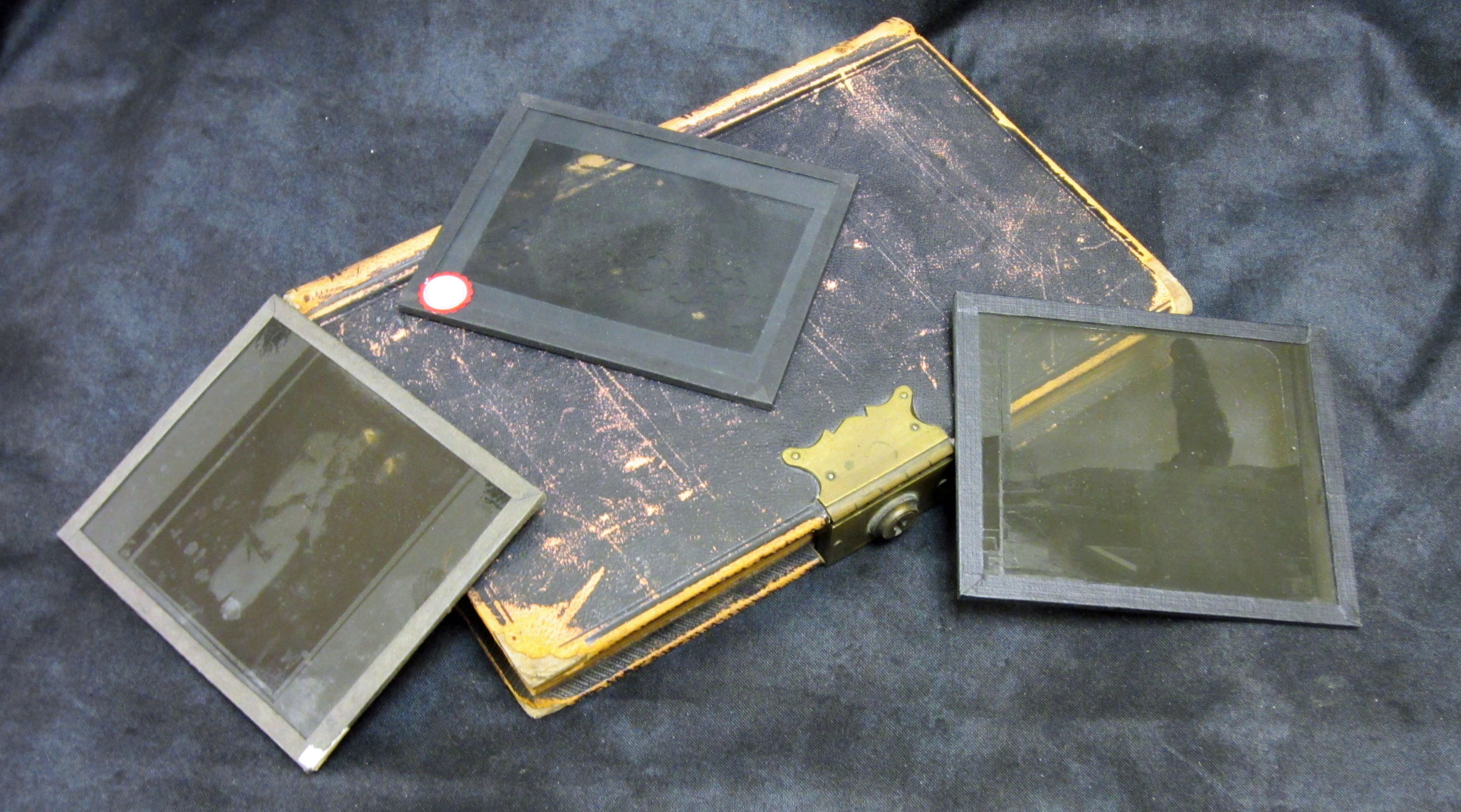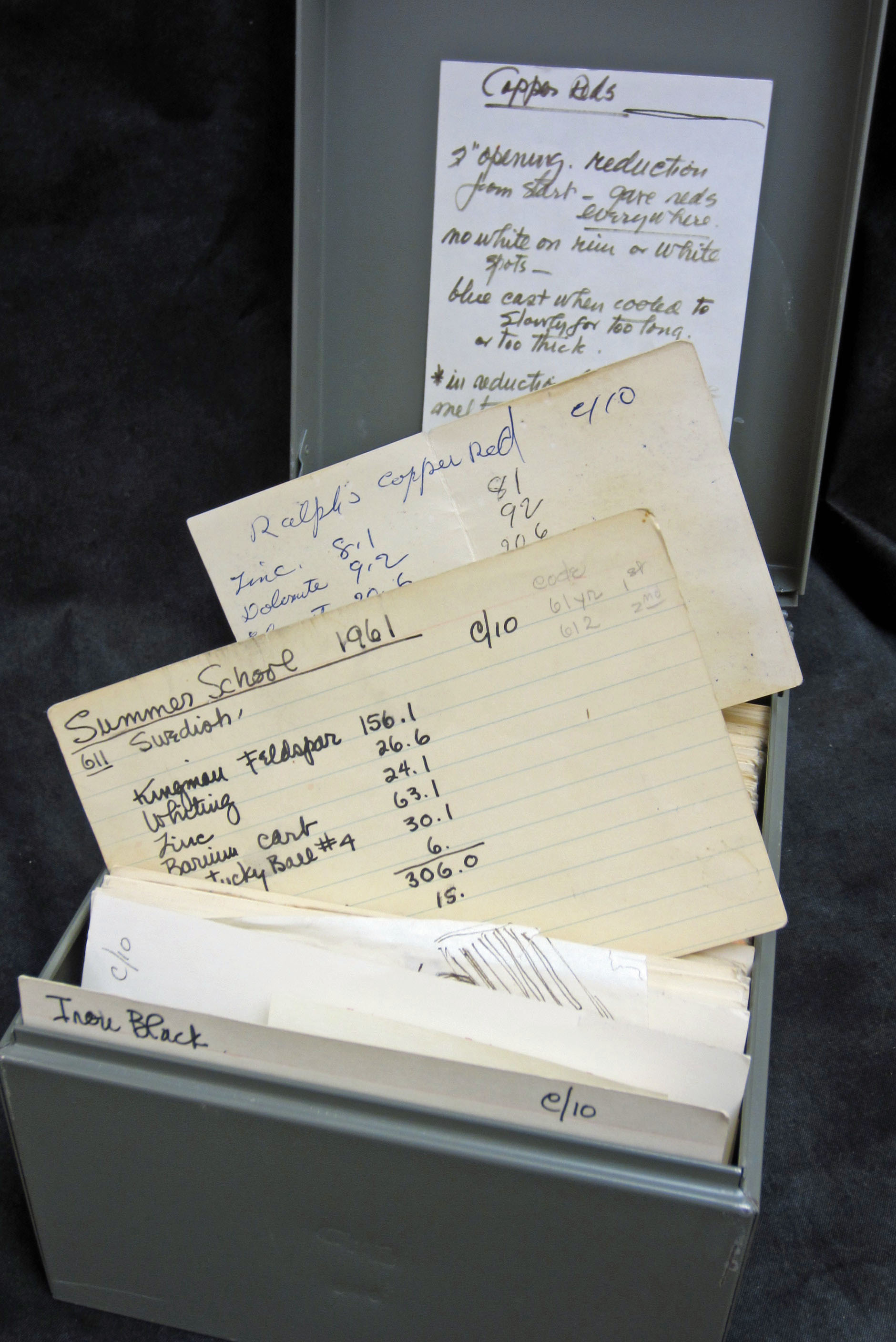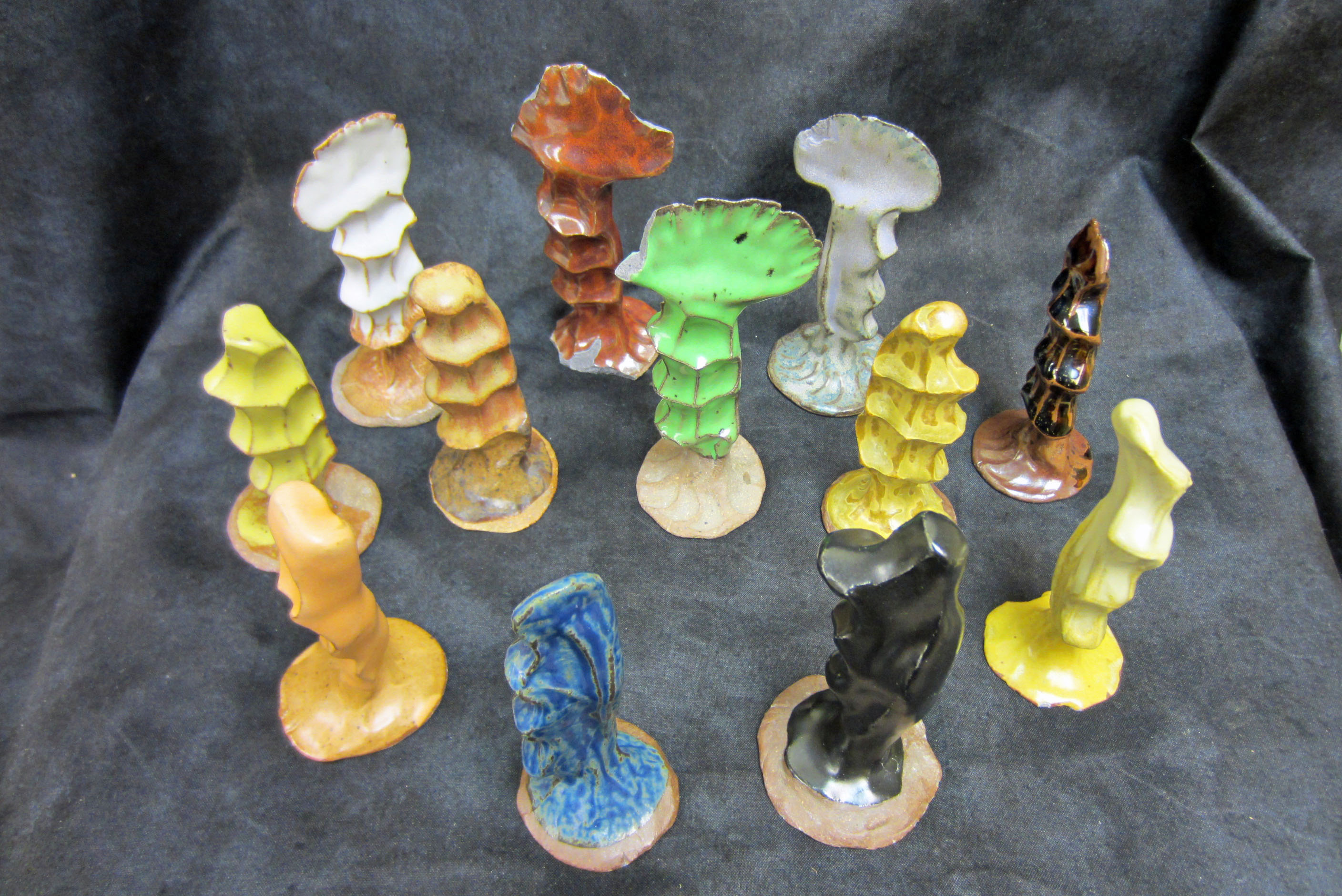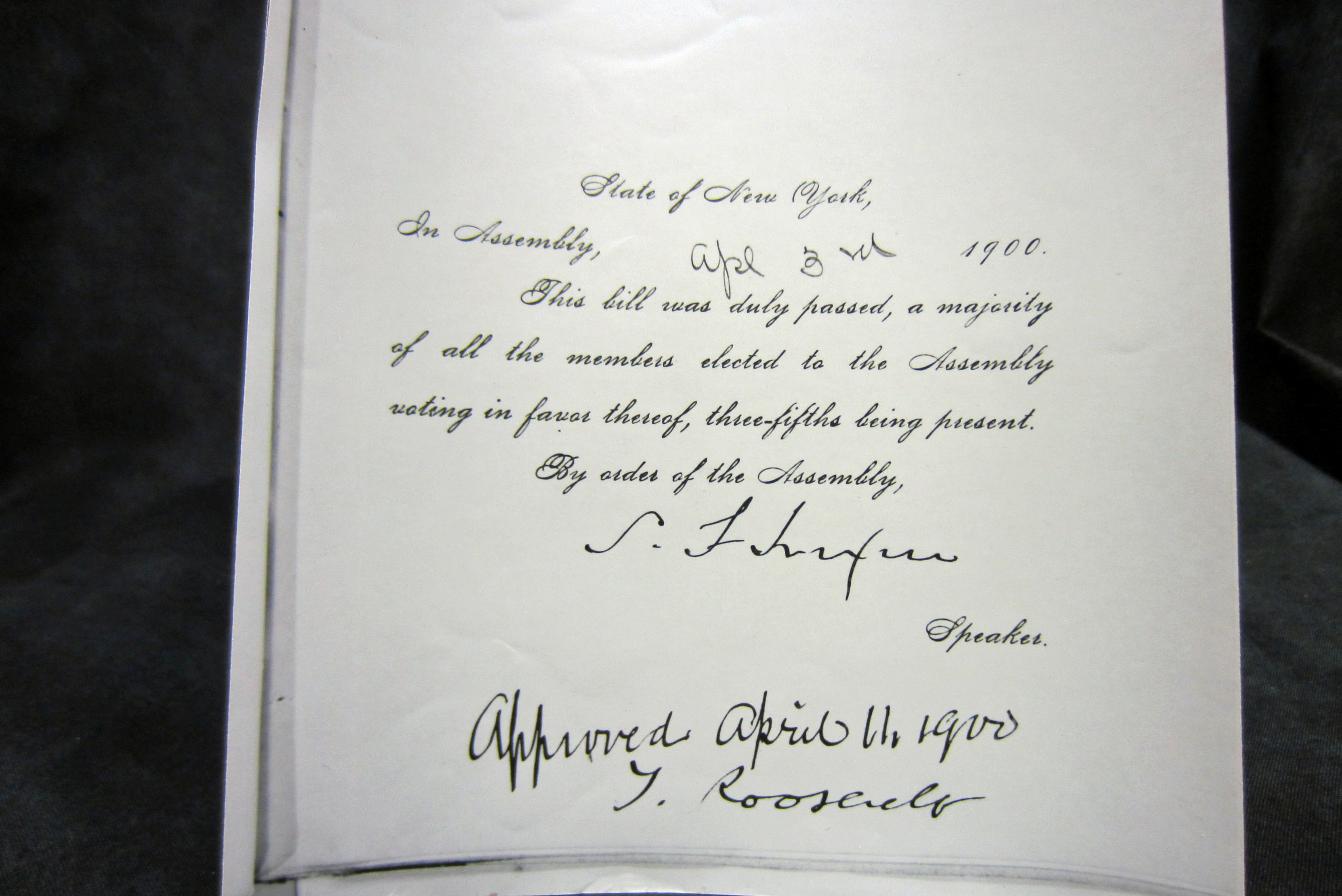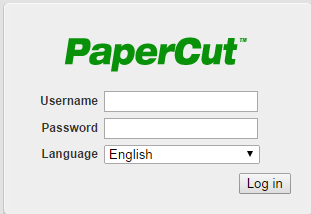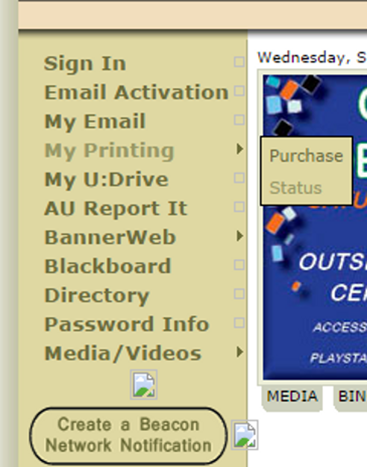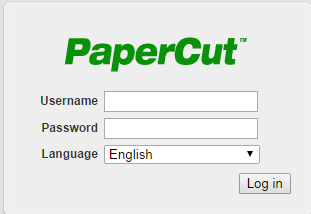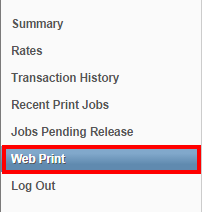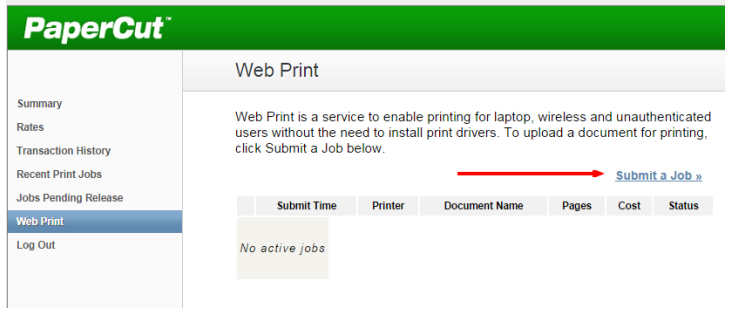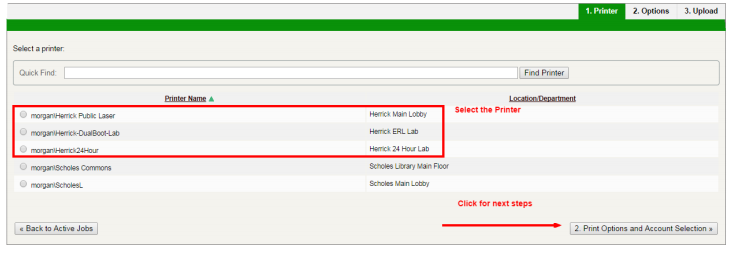I am Melanie Miller, the newest staff member at Scholes library and the one word I would use to describe myself is curious.
When I announced to my friends and family that I had obtained my dream job in a library, I was met with mixed reactions. Some said, “What a perfect place for you to be! You can read all day.” Riiiiighhhttt…
But I was surprised when some started putting on their aluminum foil hats and telling me that libraries won’t exist in the future.
It’s an argument we’ve all heard before. “No one reads books anymore. (Insert favorite e-reader brand here) is amazing.” Or my personal favorite, “What can a library have that you can’t find on the internet?”
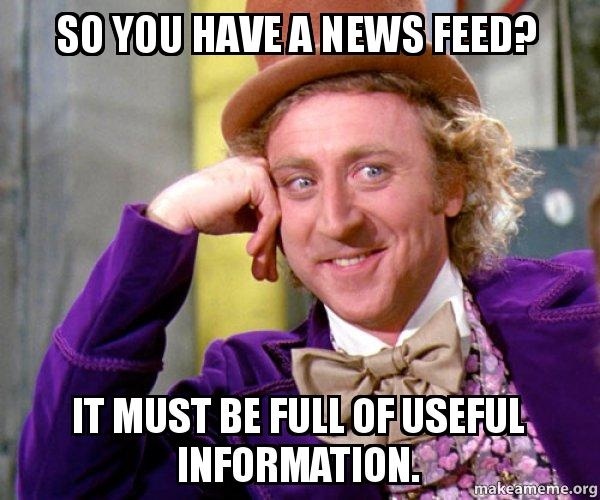
In the year leading up to me obtaining my dream job, I took some on line courses as a way to satisfy my ceaseless curiosity. I learned what librarians and library staff throughout the world already know: Libraries are about more than just books. Libraries are about information, and our rights to access information. Even though I have been a patron in various libraries nearly my entire life, this isn’t something I was ever conscious of. I wanted books and articles to finish a paper or for entertainment. I had the freedom to enter the library and access whatever information I needed to.
To me, there is no better time for libraries to exist than today. We live in a world where we have access to so much information, but not all of it is quality. There is an abundance of information at our fingertips, but how do we discern its accuracy, interpret its meaning and apply it to our lives?
The role of libraries has never been more valuable. To be responsible citizens and good students (even long after we’ve obtained a degree), we need access to quality information. We could argue that there is more information available to us than ever before, and that is not a trend that will go away. How do we use all of this stuff?
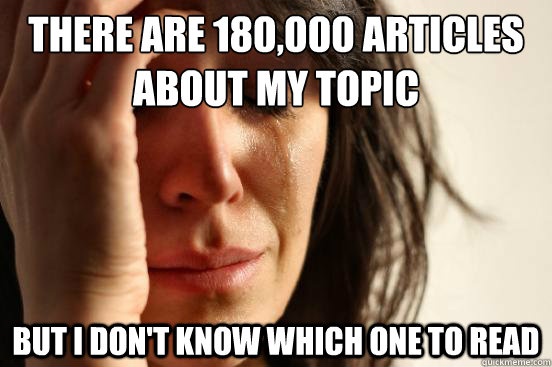
“But what about the internet?” they say. “I can find anything I need there.” I say it depends on what your needs are. Because if your needs are a macaroni and cheese recipe or what Kim Kardashian wore last week, sure, the internet will meet those needs. But ask any of our students searching through our extensive journals for a research project, or signing out books for their thesis, or anyone inquiring about the history of the College of Ceramics and seeing the archives. Can the internet meet those needs? Libraries are more than books. And if you ask me, the curious new administrative assistant at Scholes, no, the internet does not meet my curiosity needs.
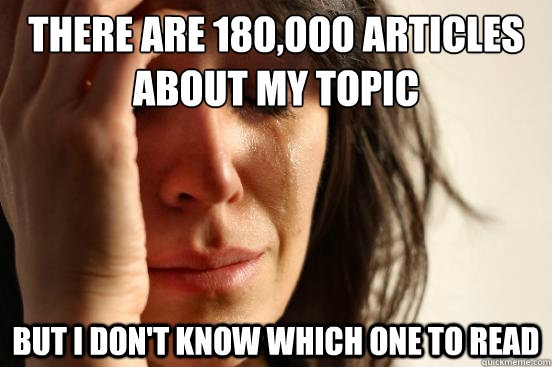
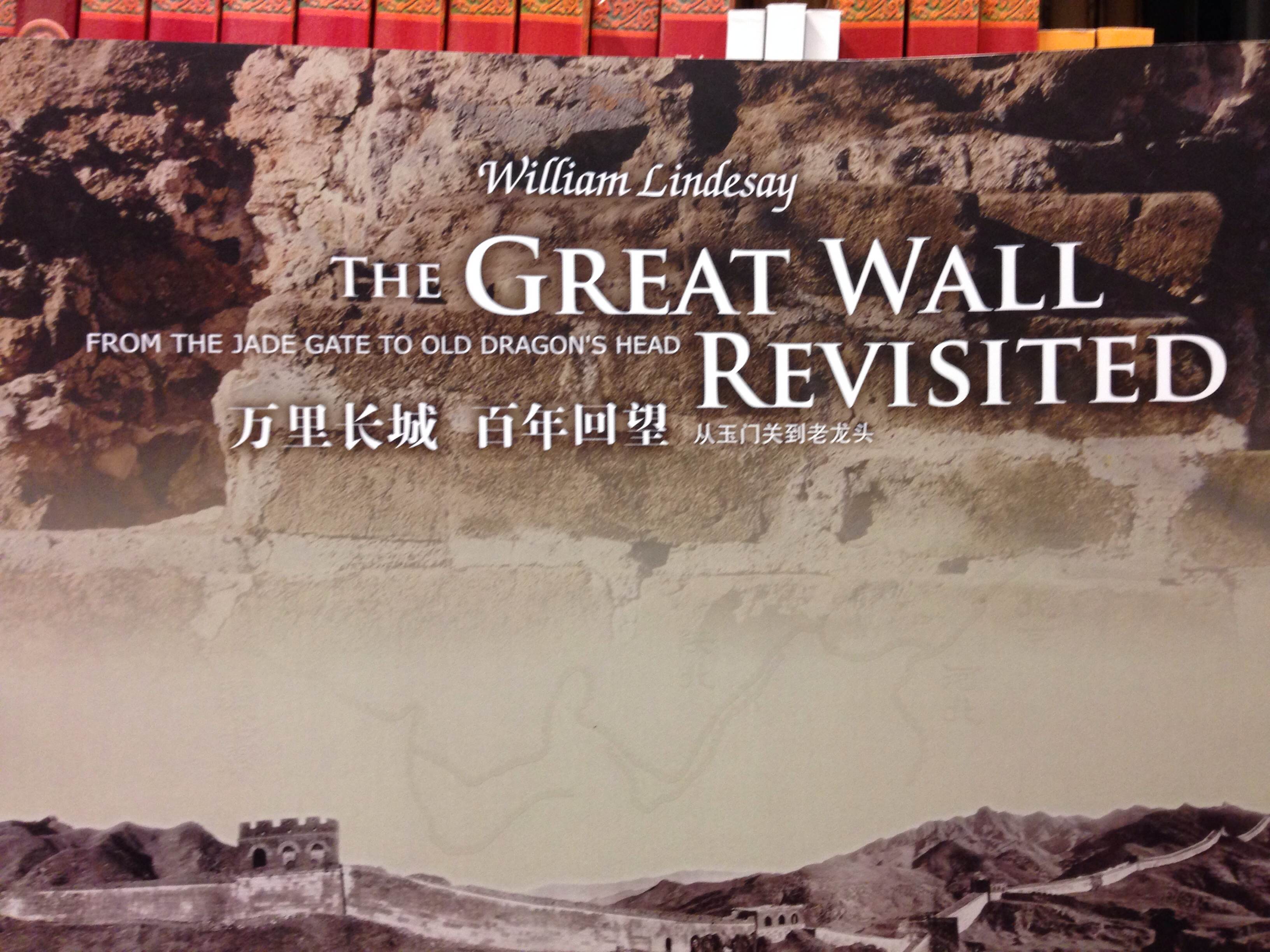
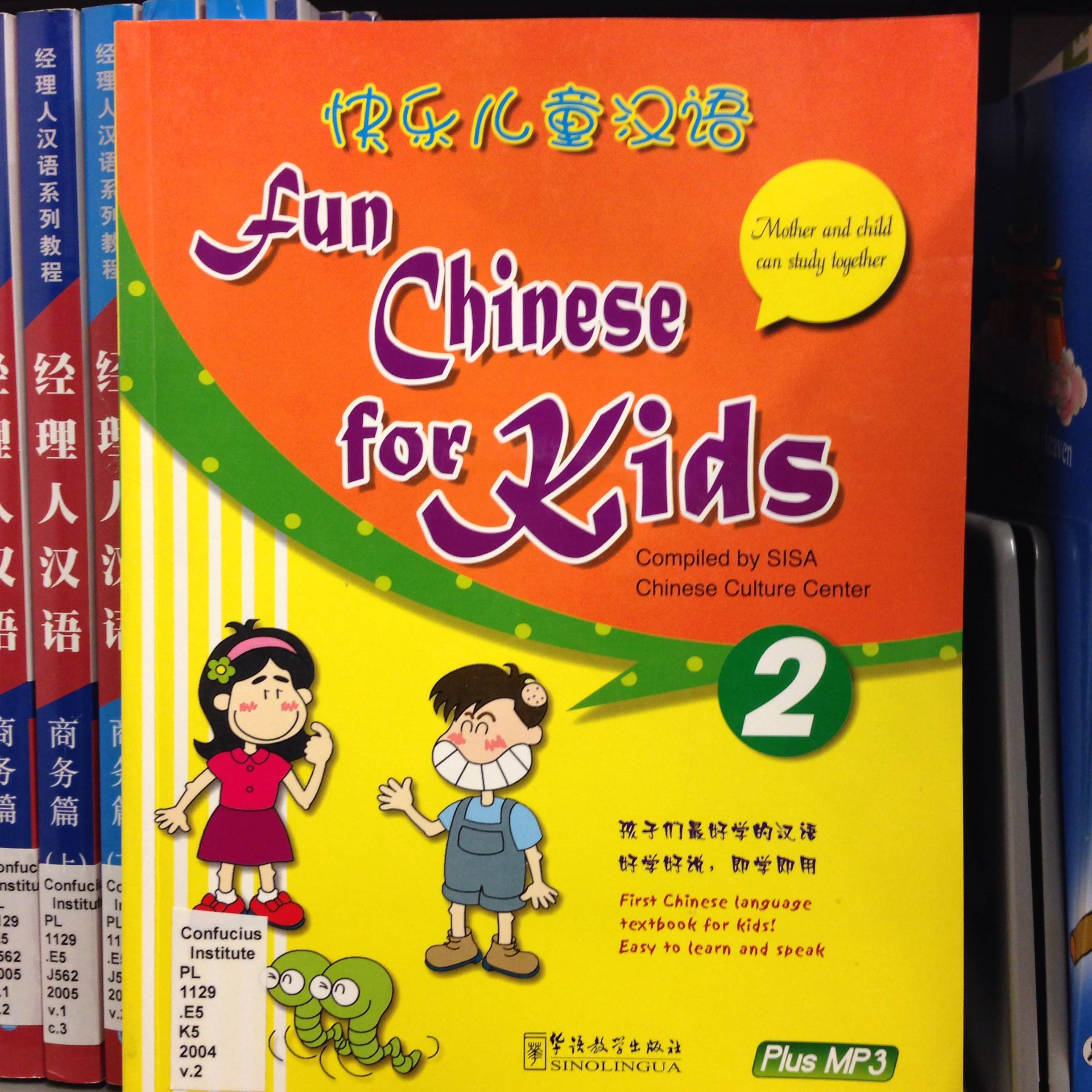
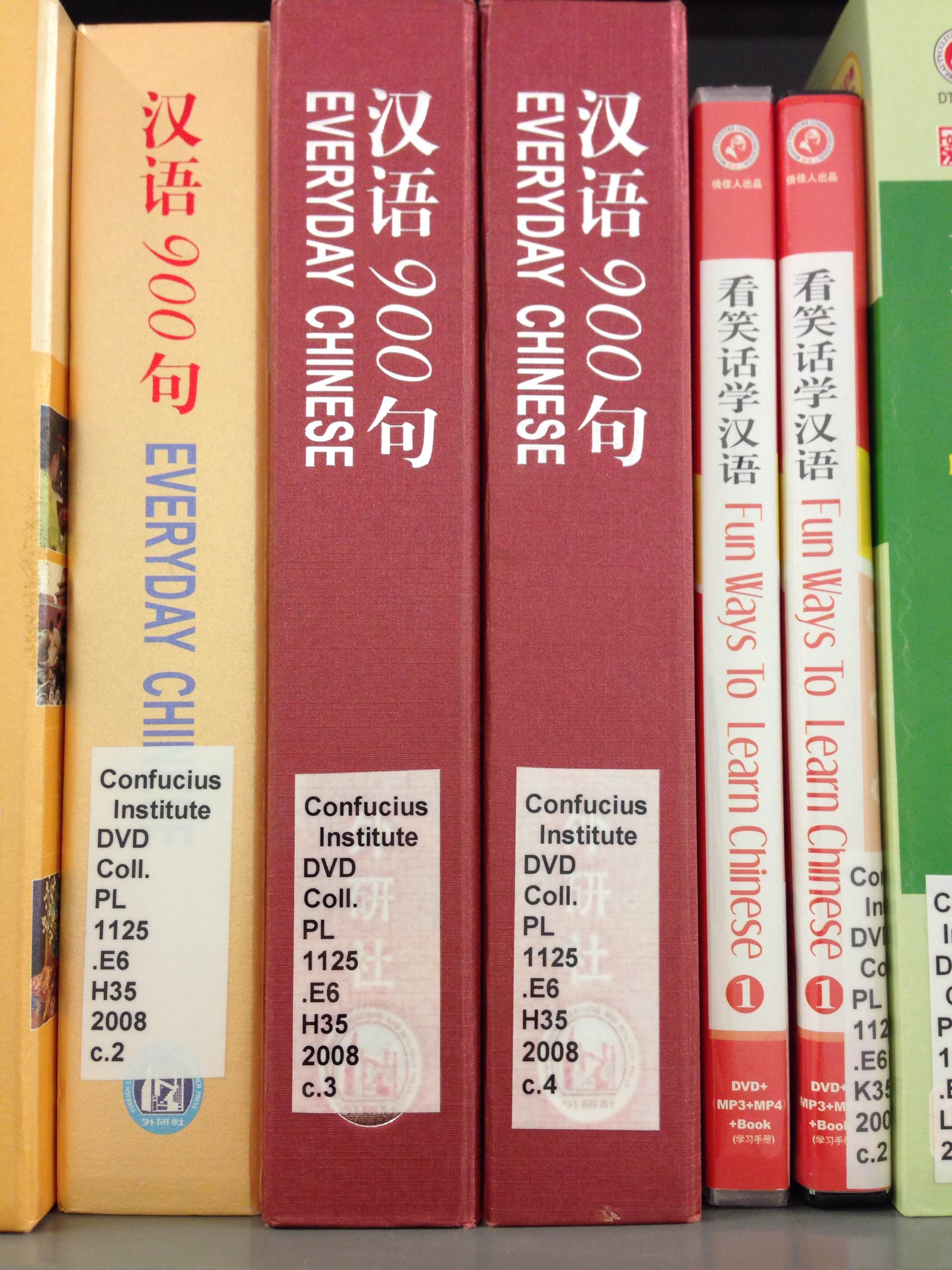
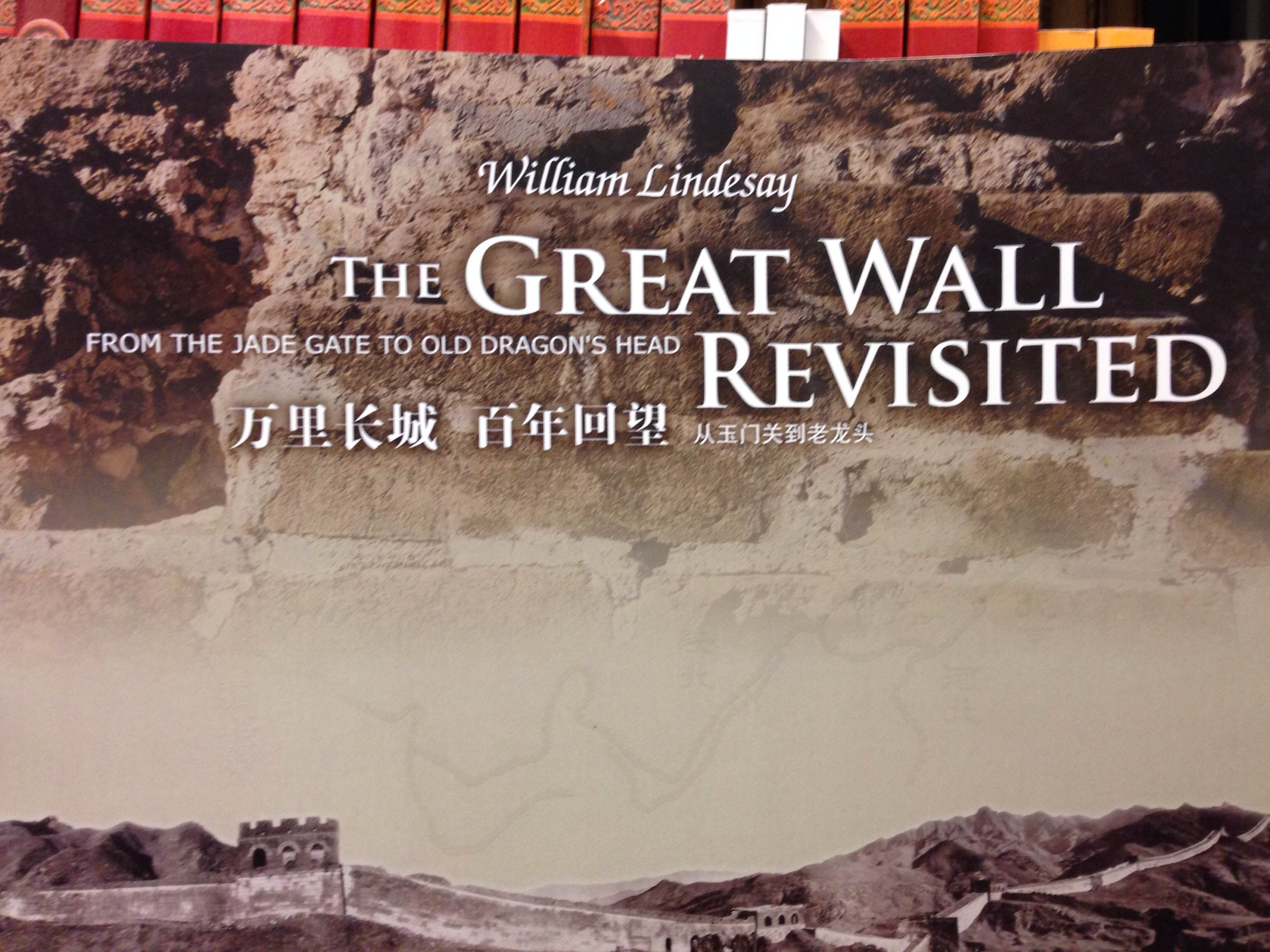
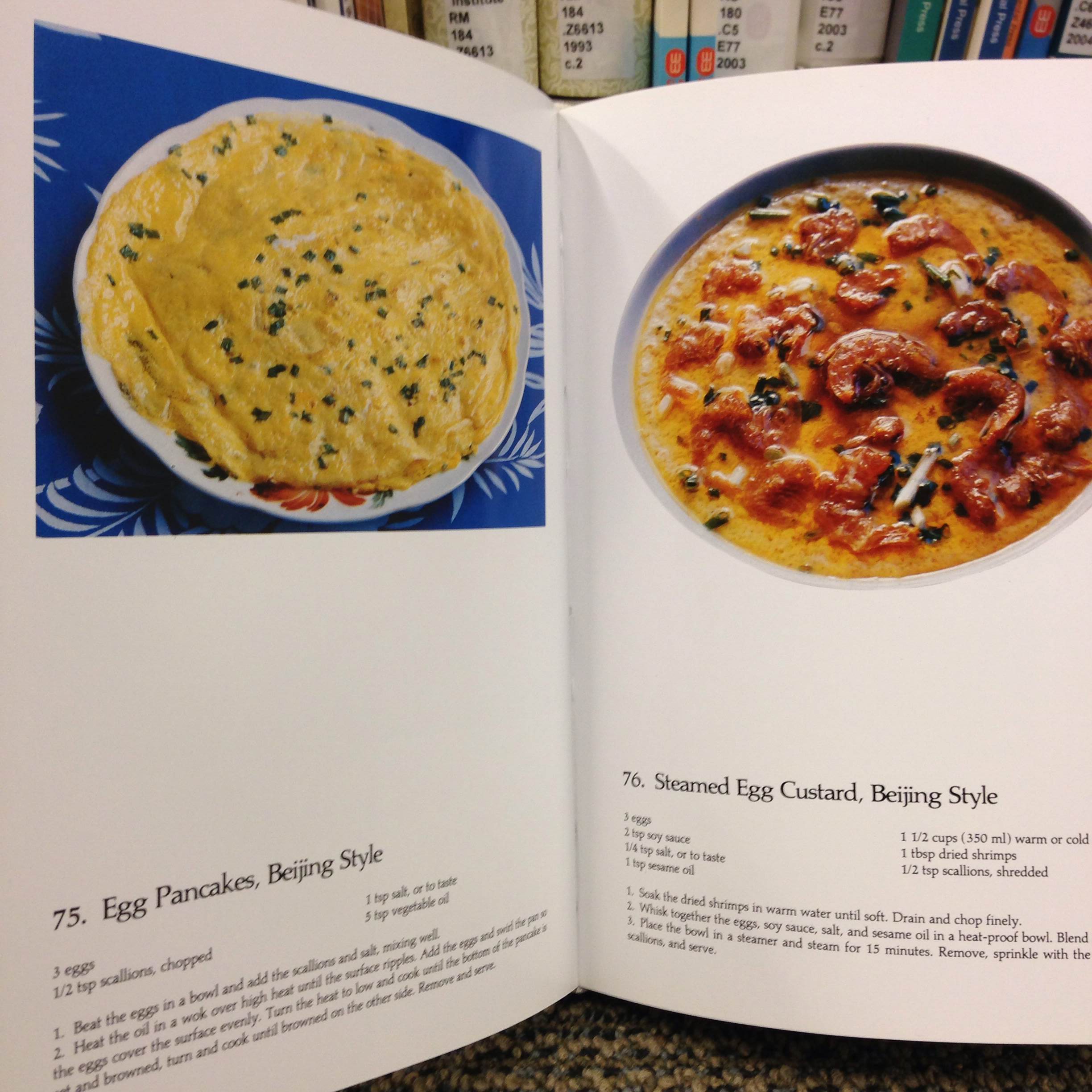
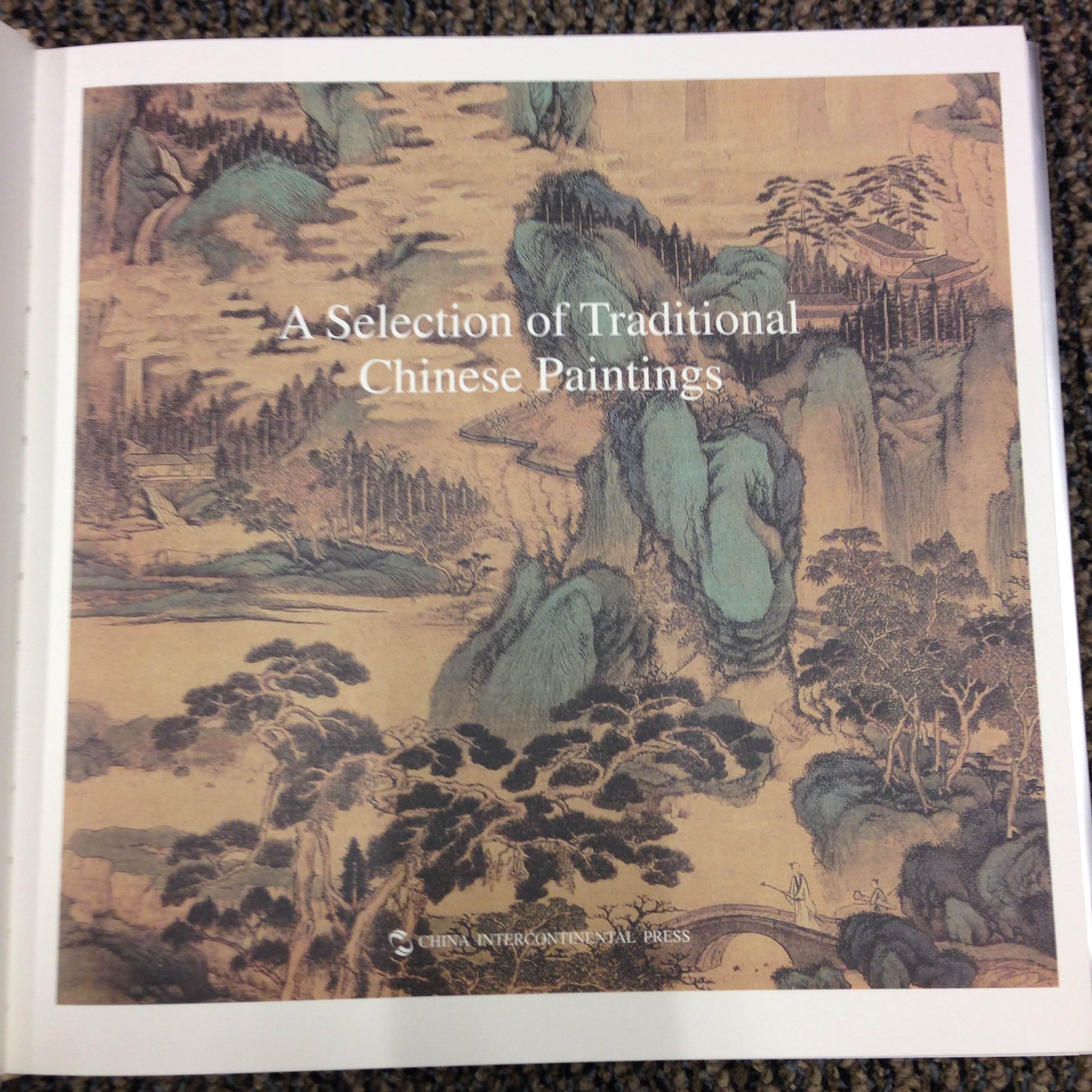
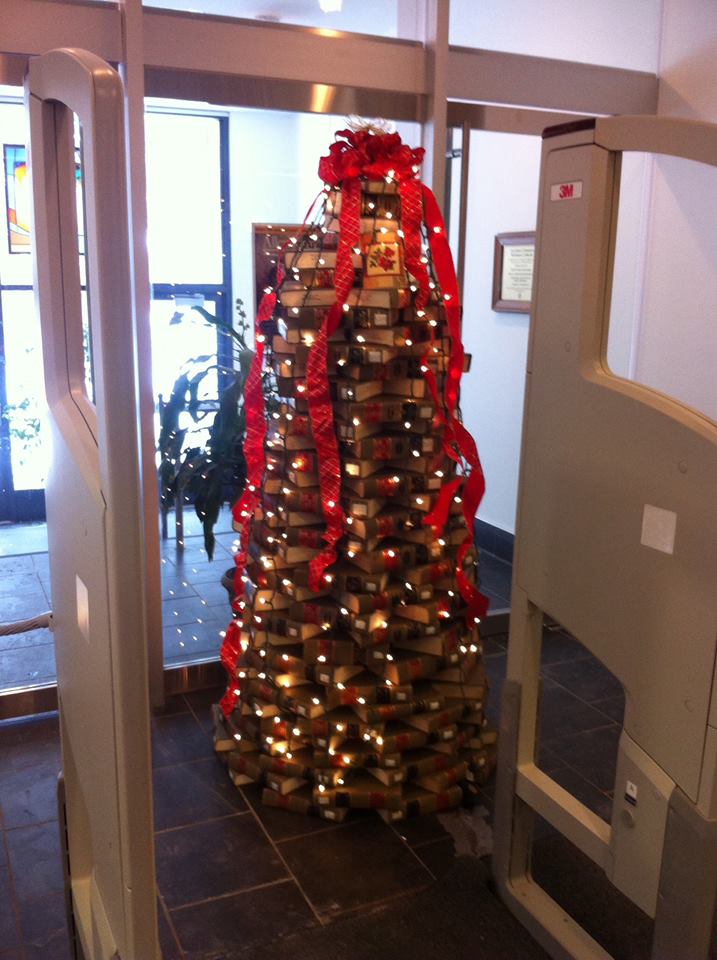
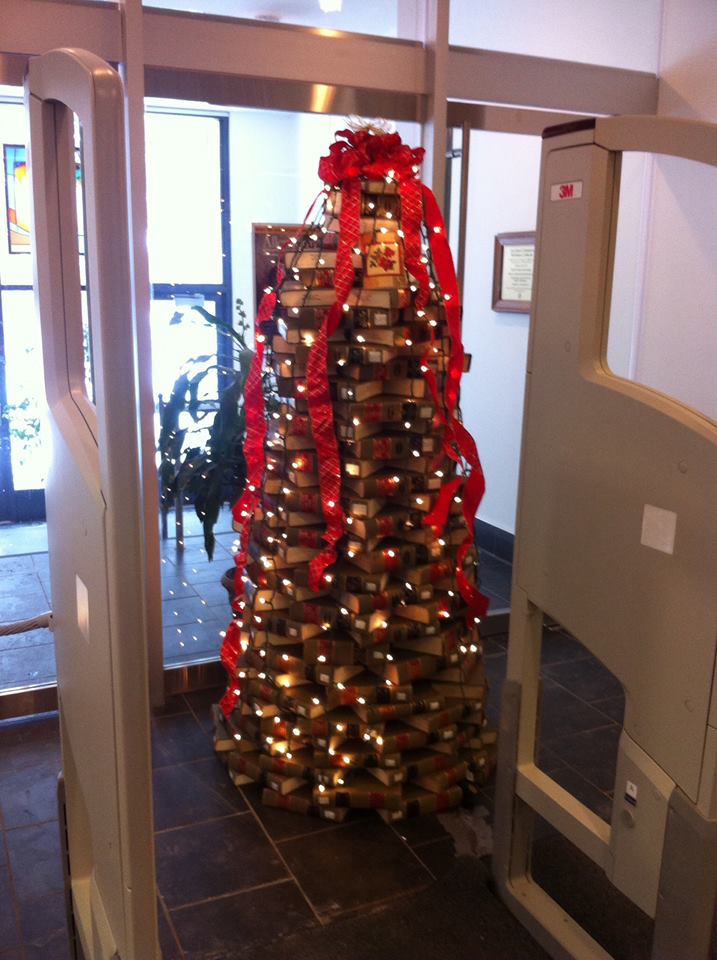
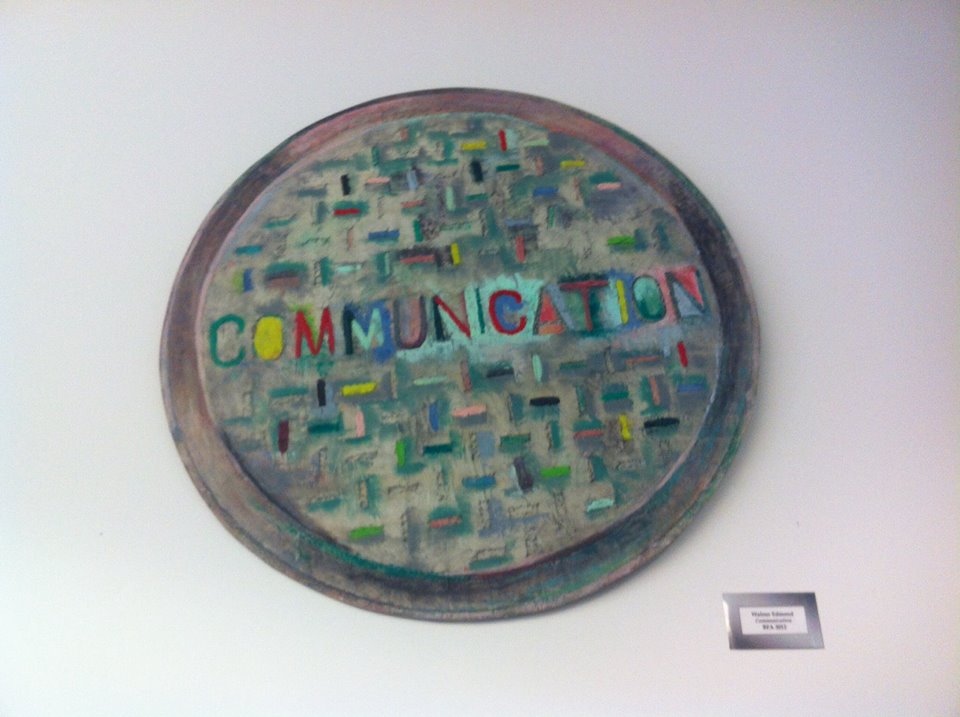
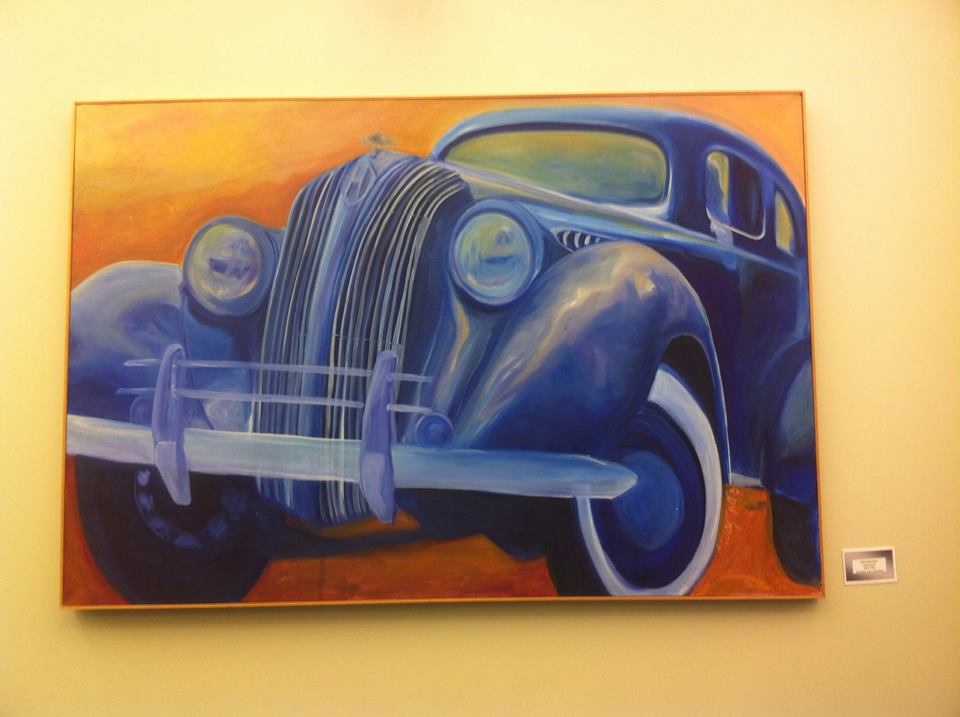
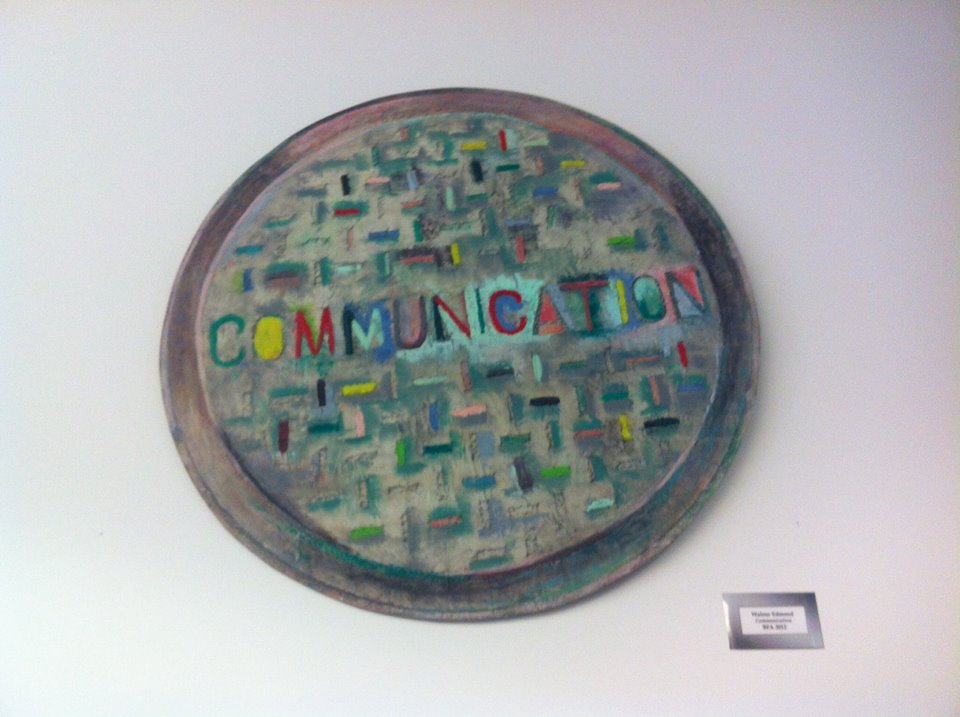
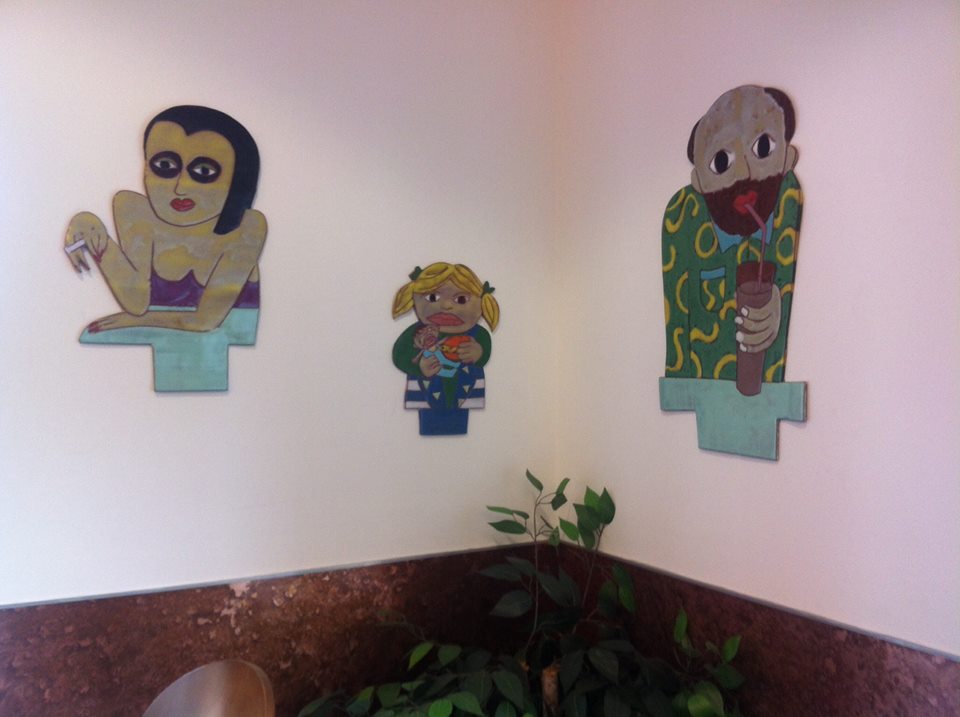
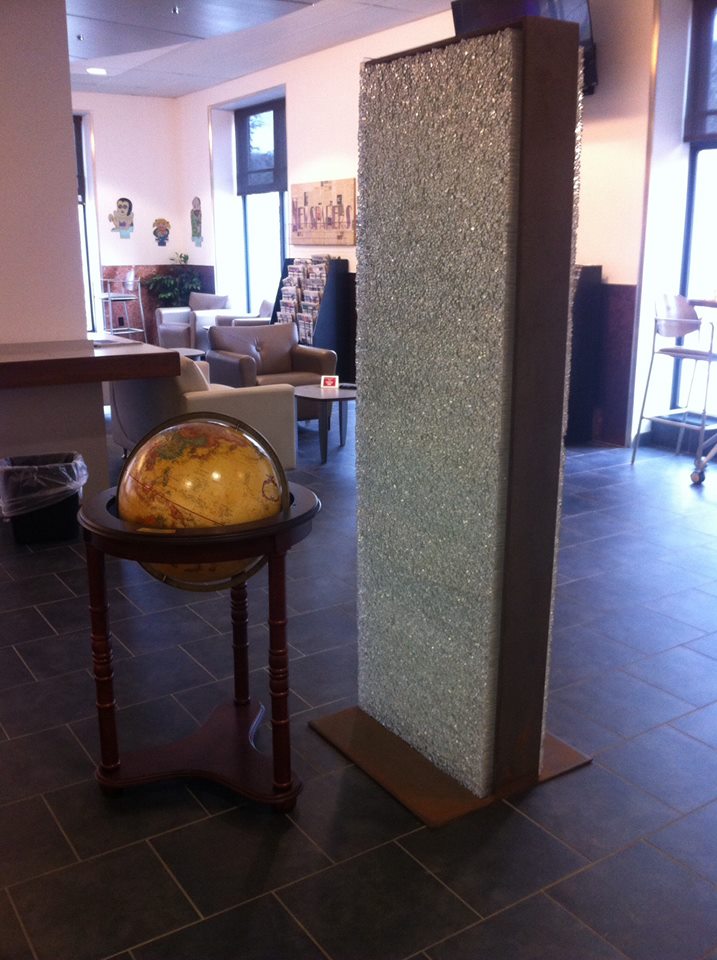
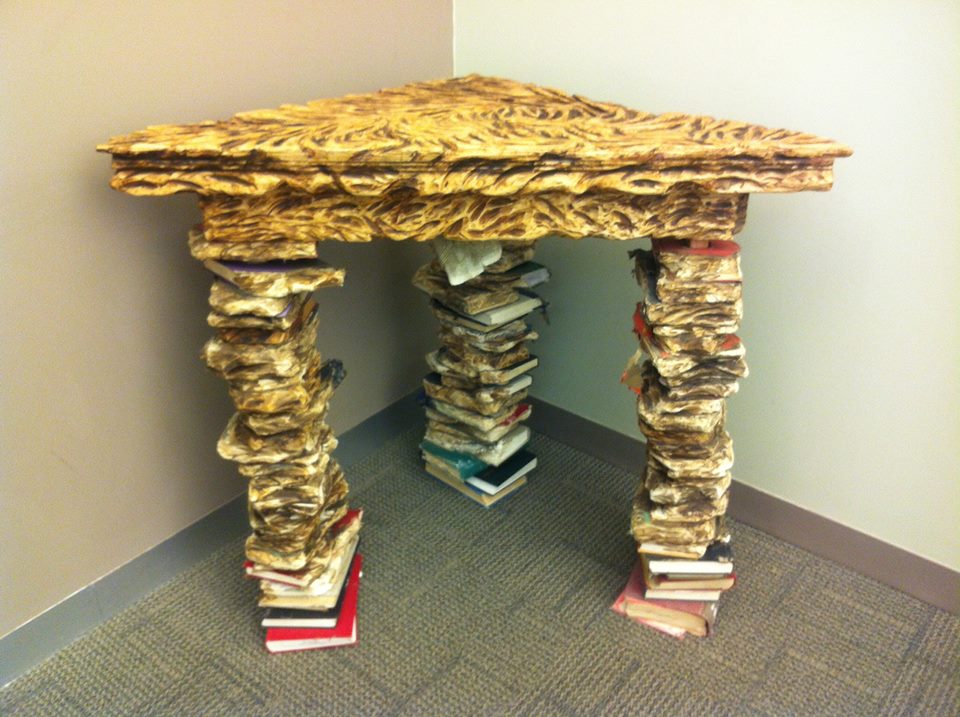
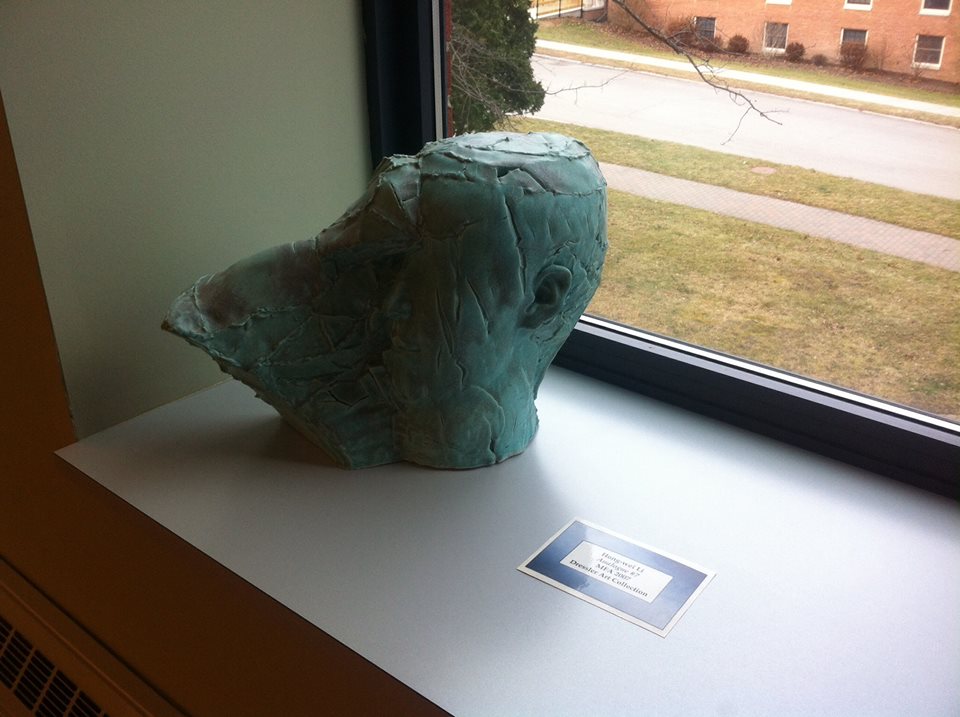
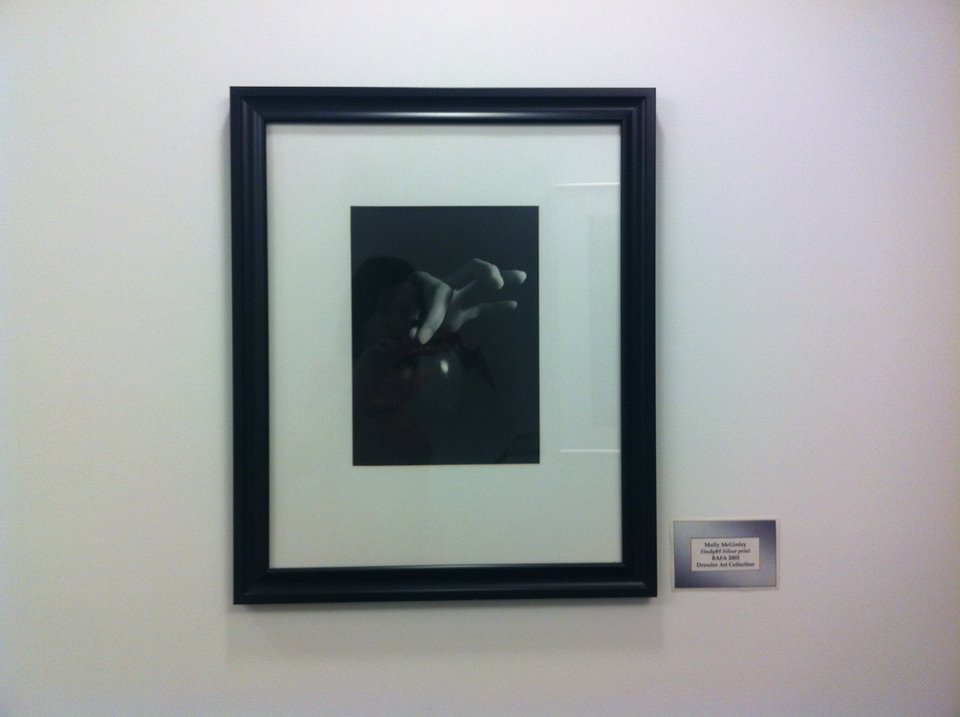
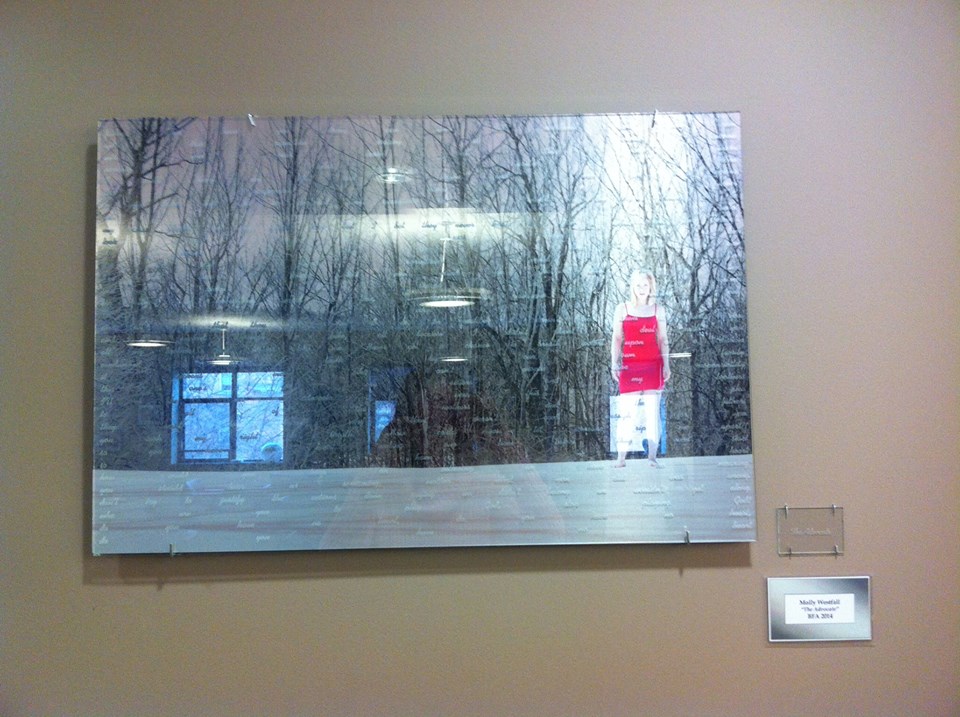
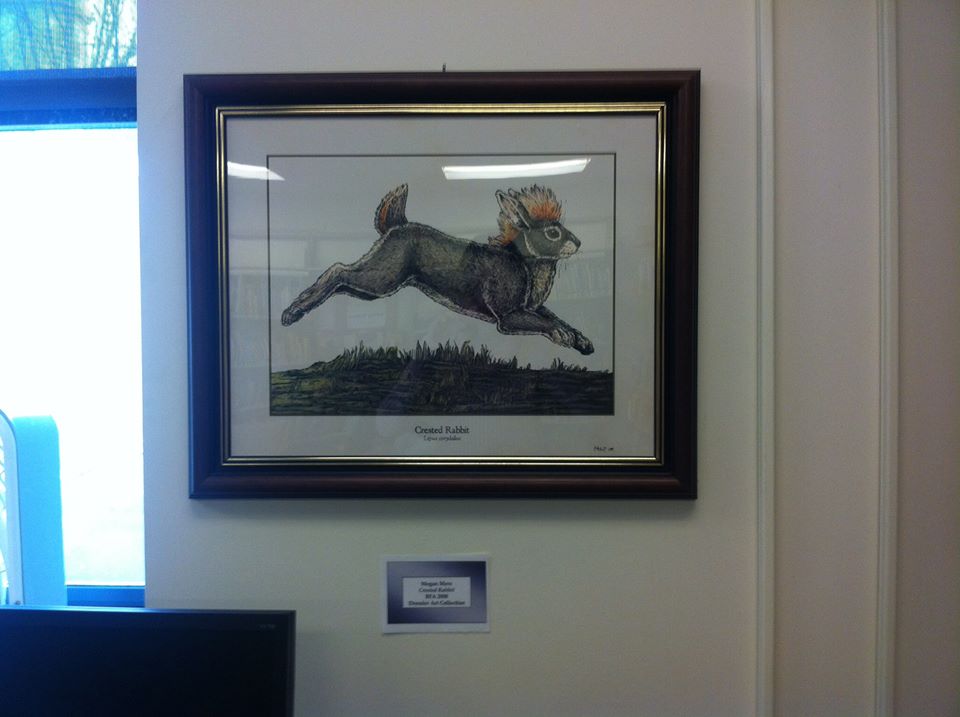
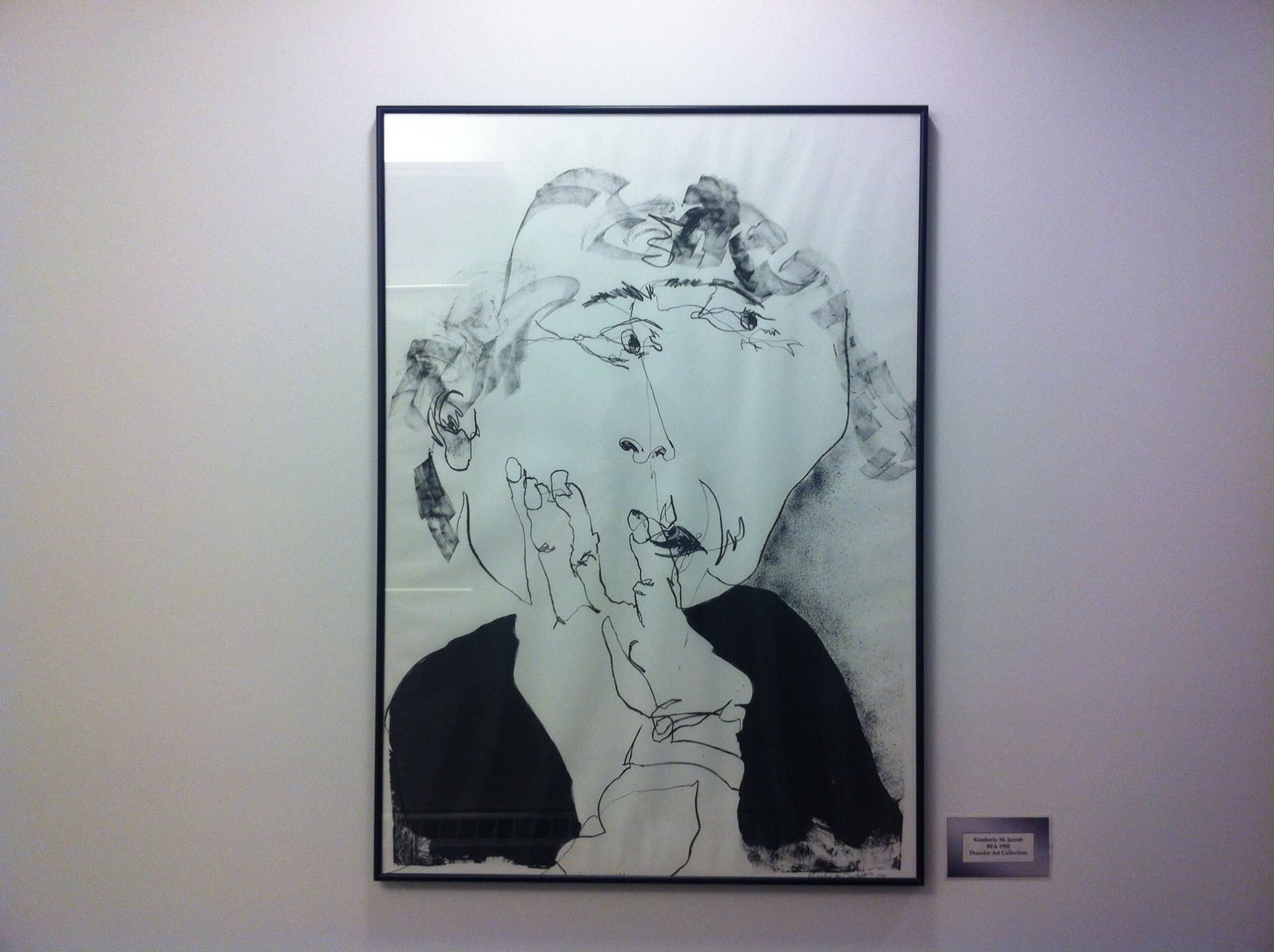
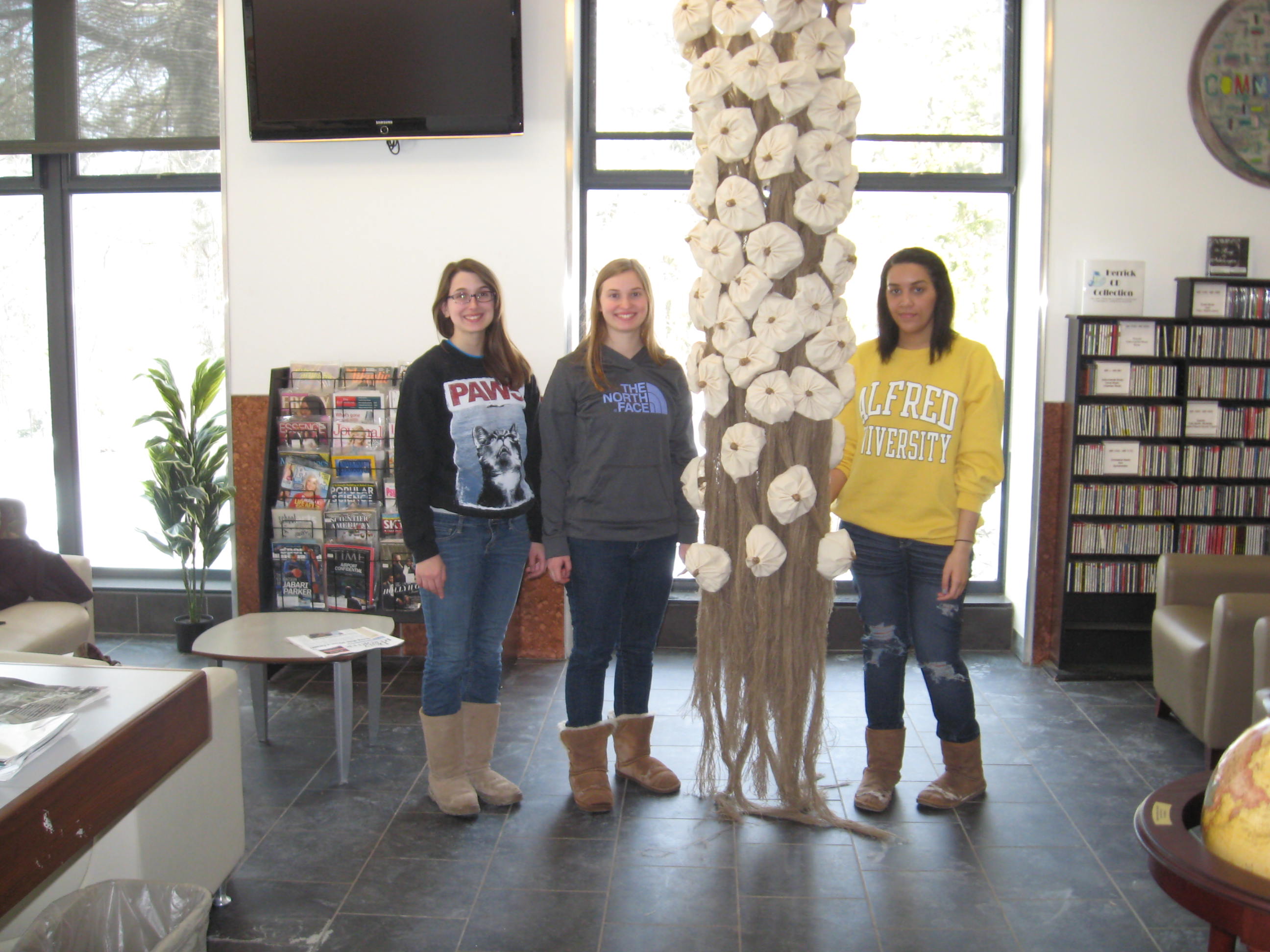
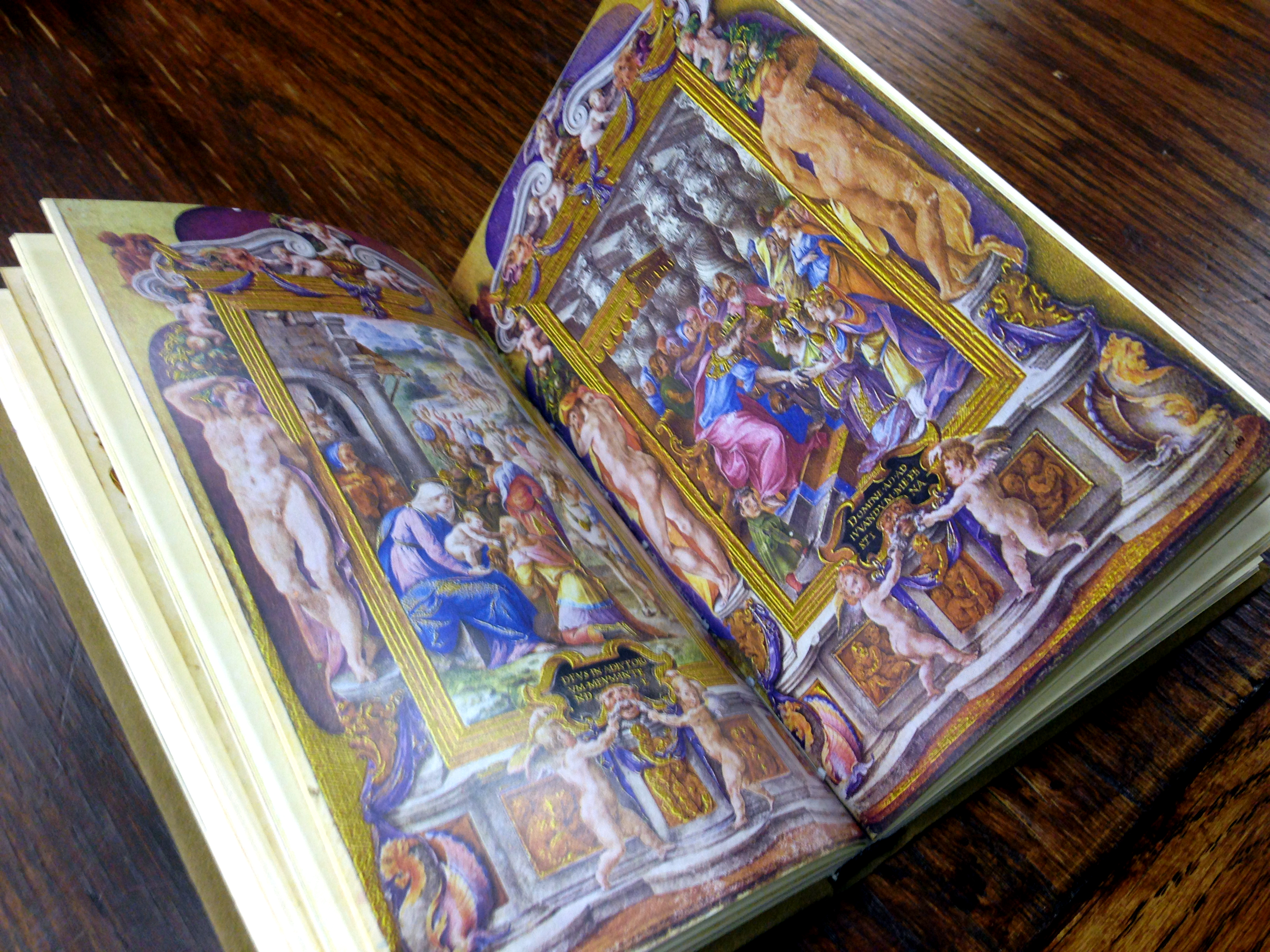
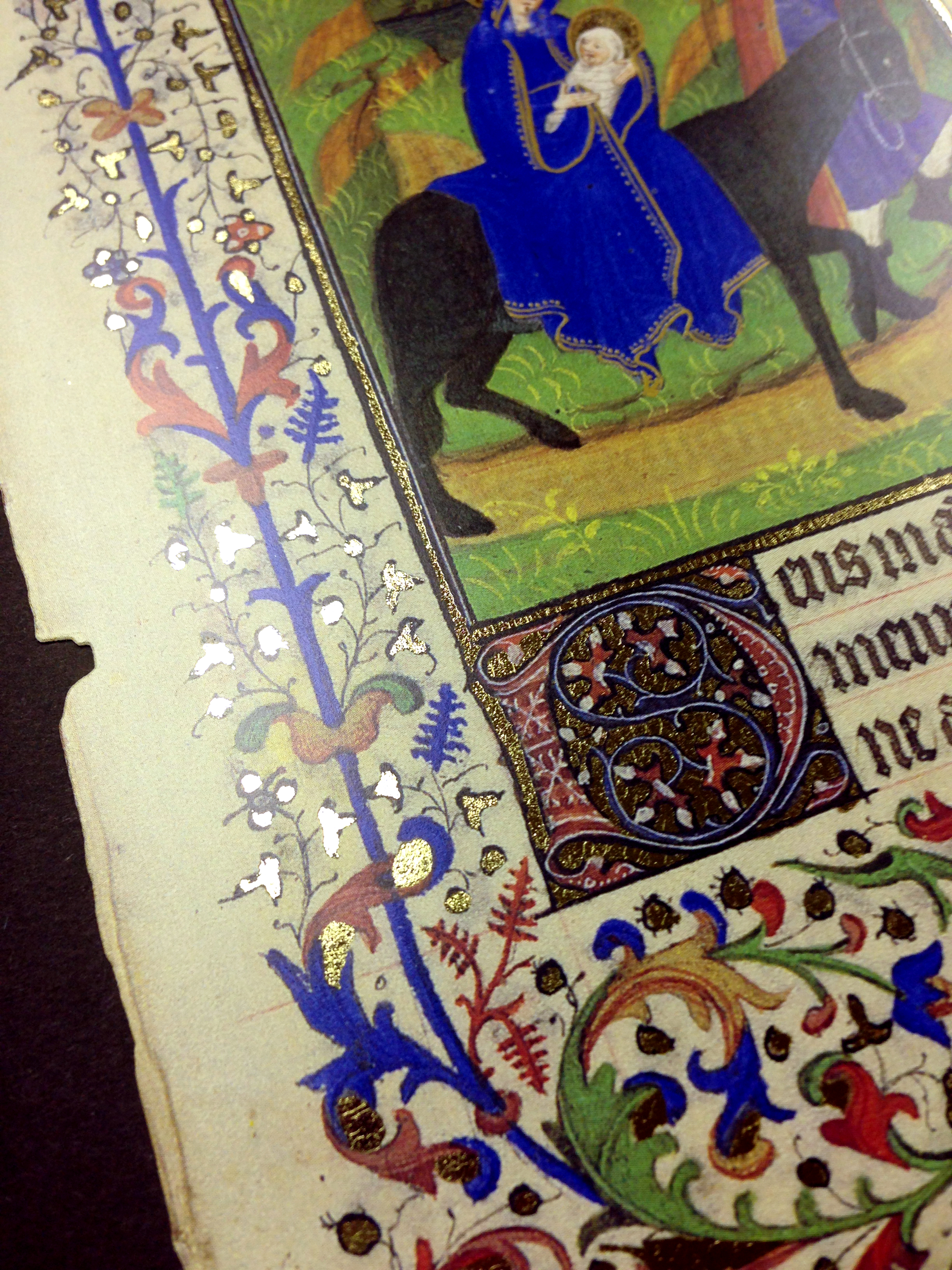
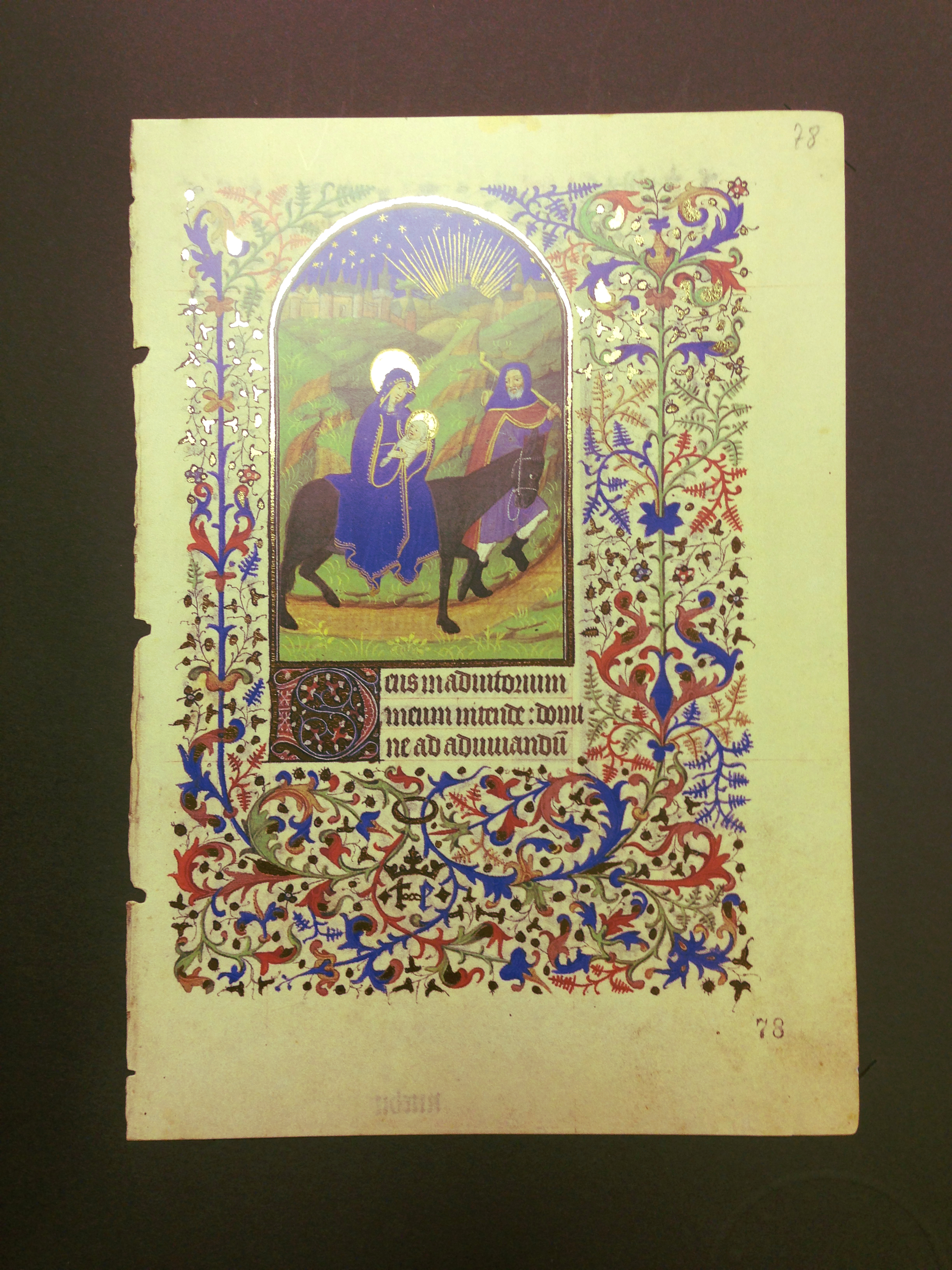
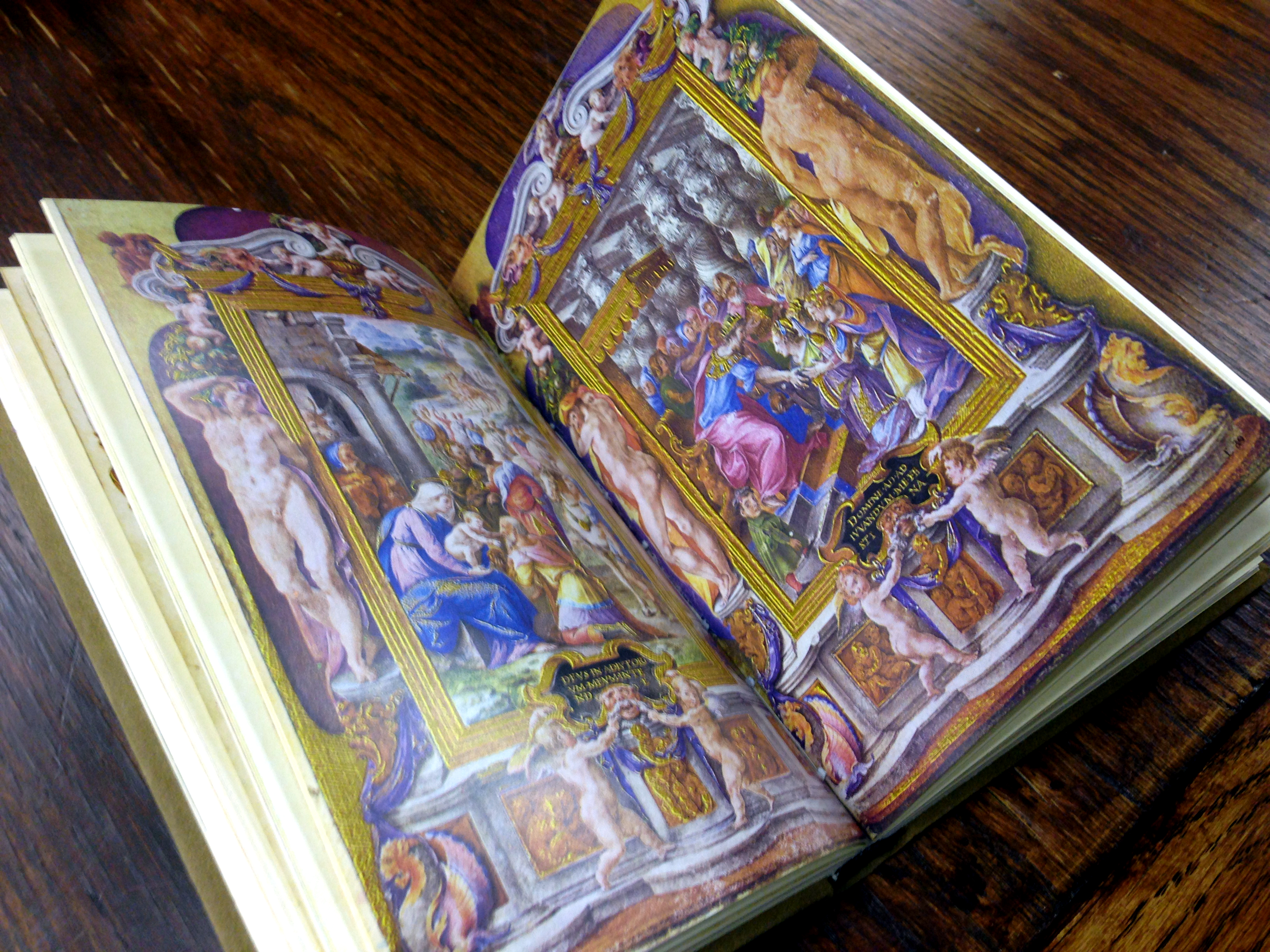
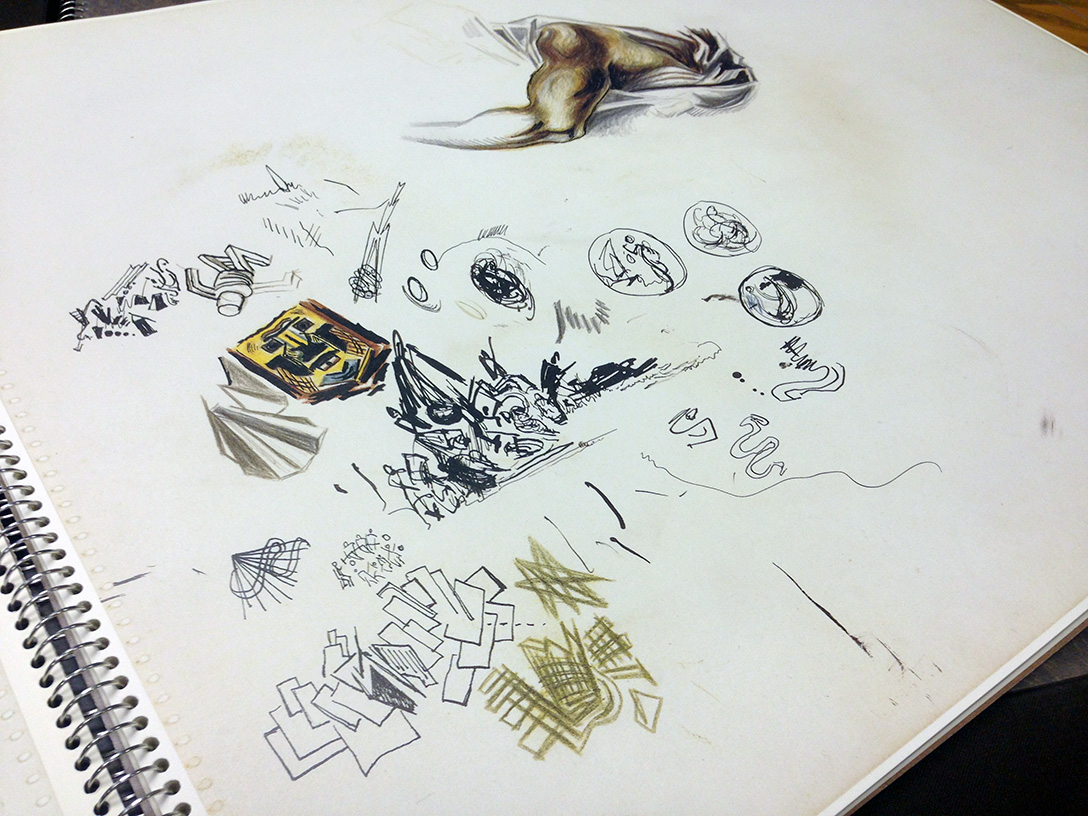
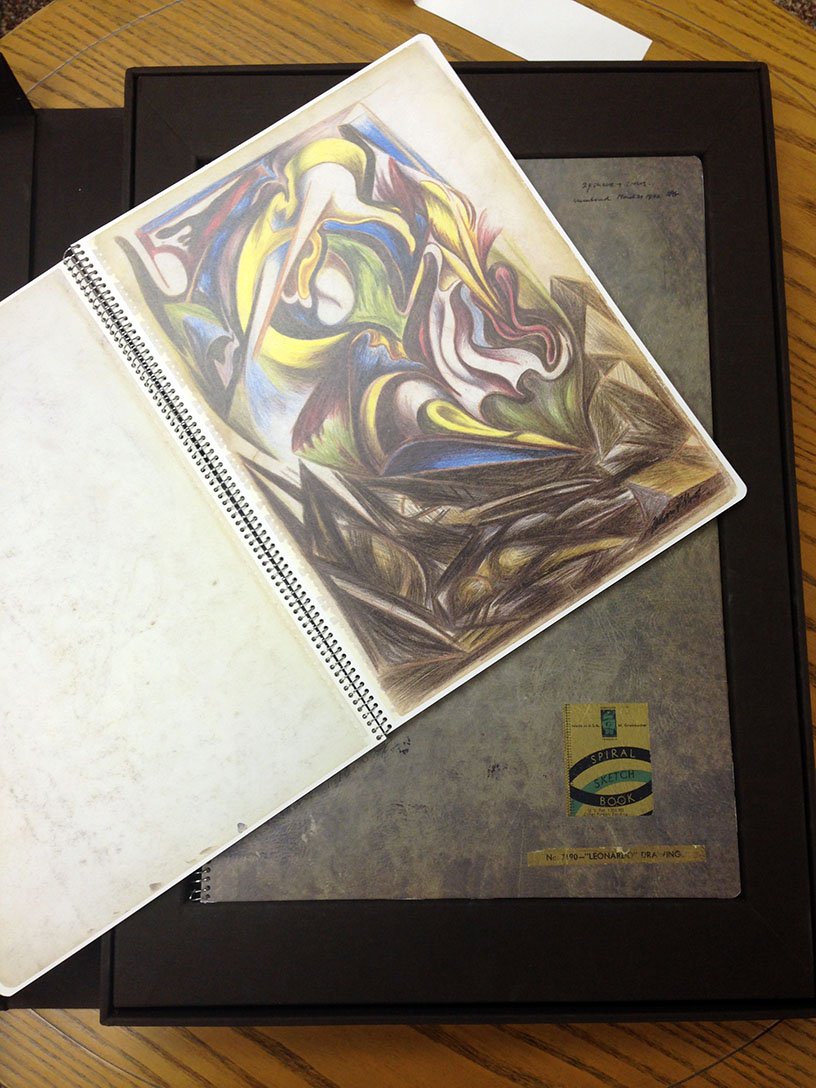
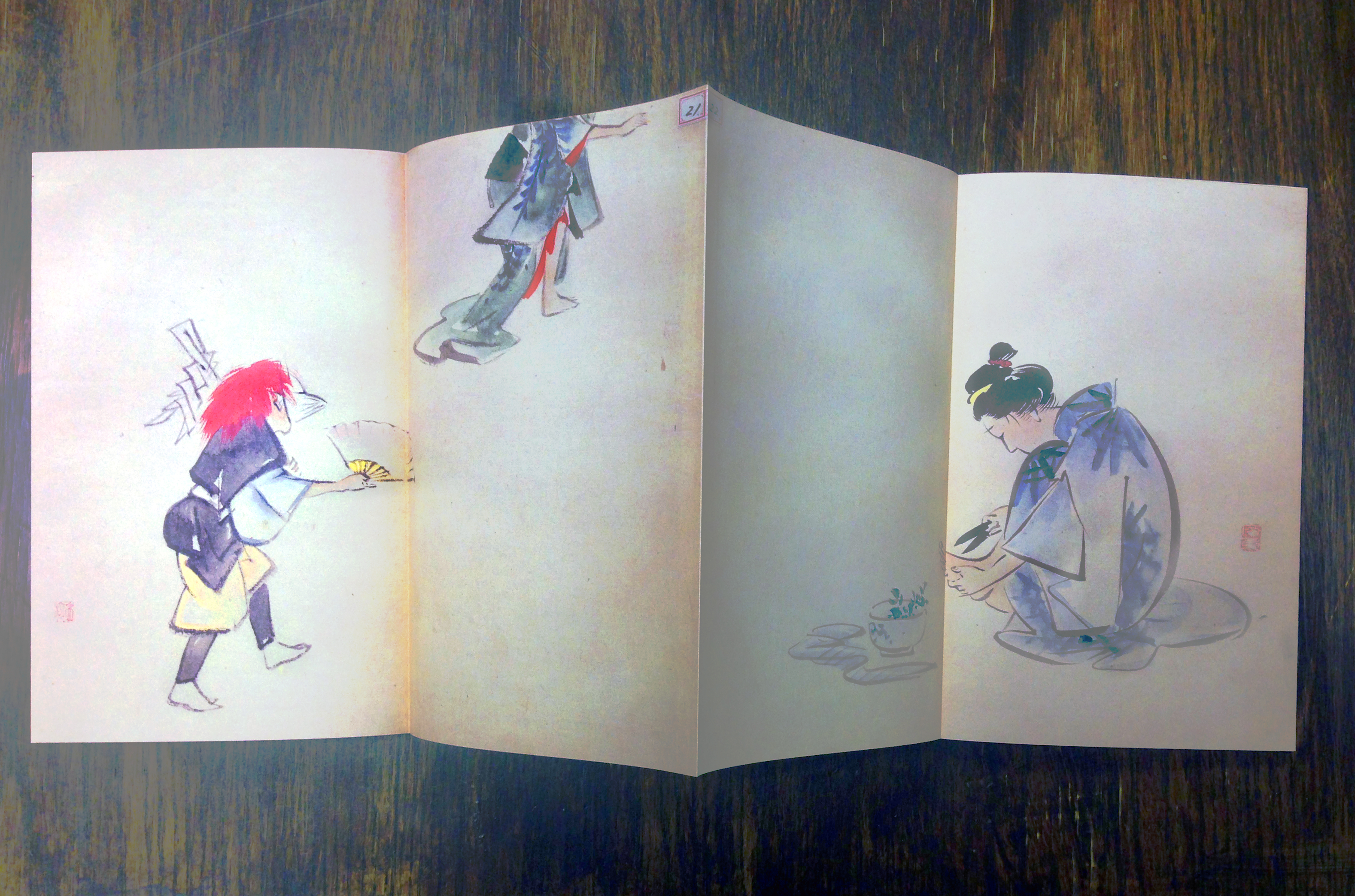



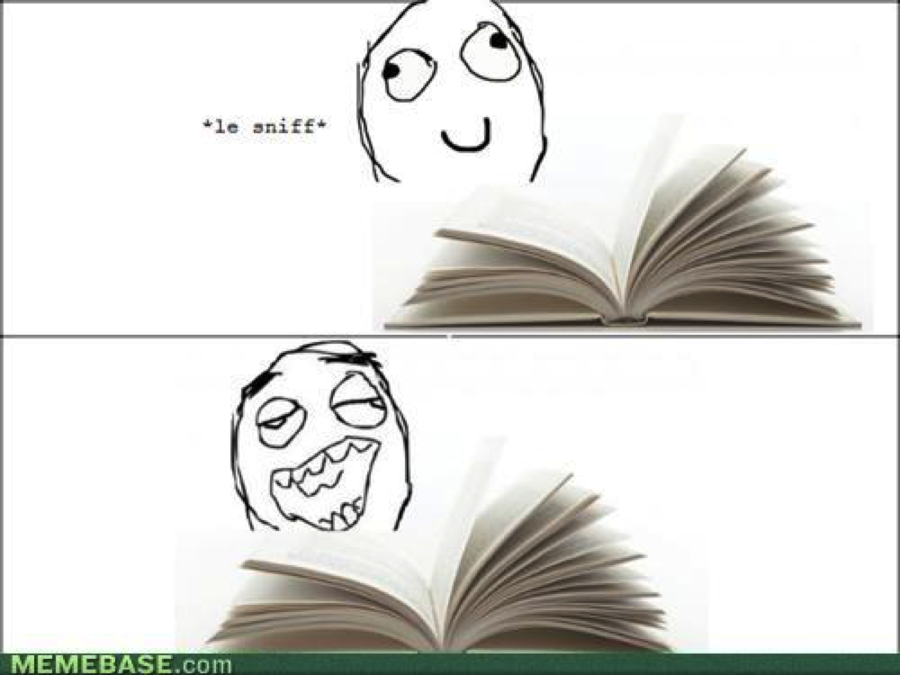 Please, hear me out. I love books too. That better? First off, they’re way better than the movie. And who doesn’t love that smell, right? I could get lost in that smell…. I am a librarian you know.
Please, hear me out. I love books too. That better? First off, they’re way better than the movie. And who doesn’t love that smell, right? I could get lost in that smell…. I am a librarian you know.